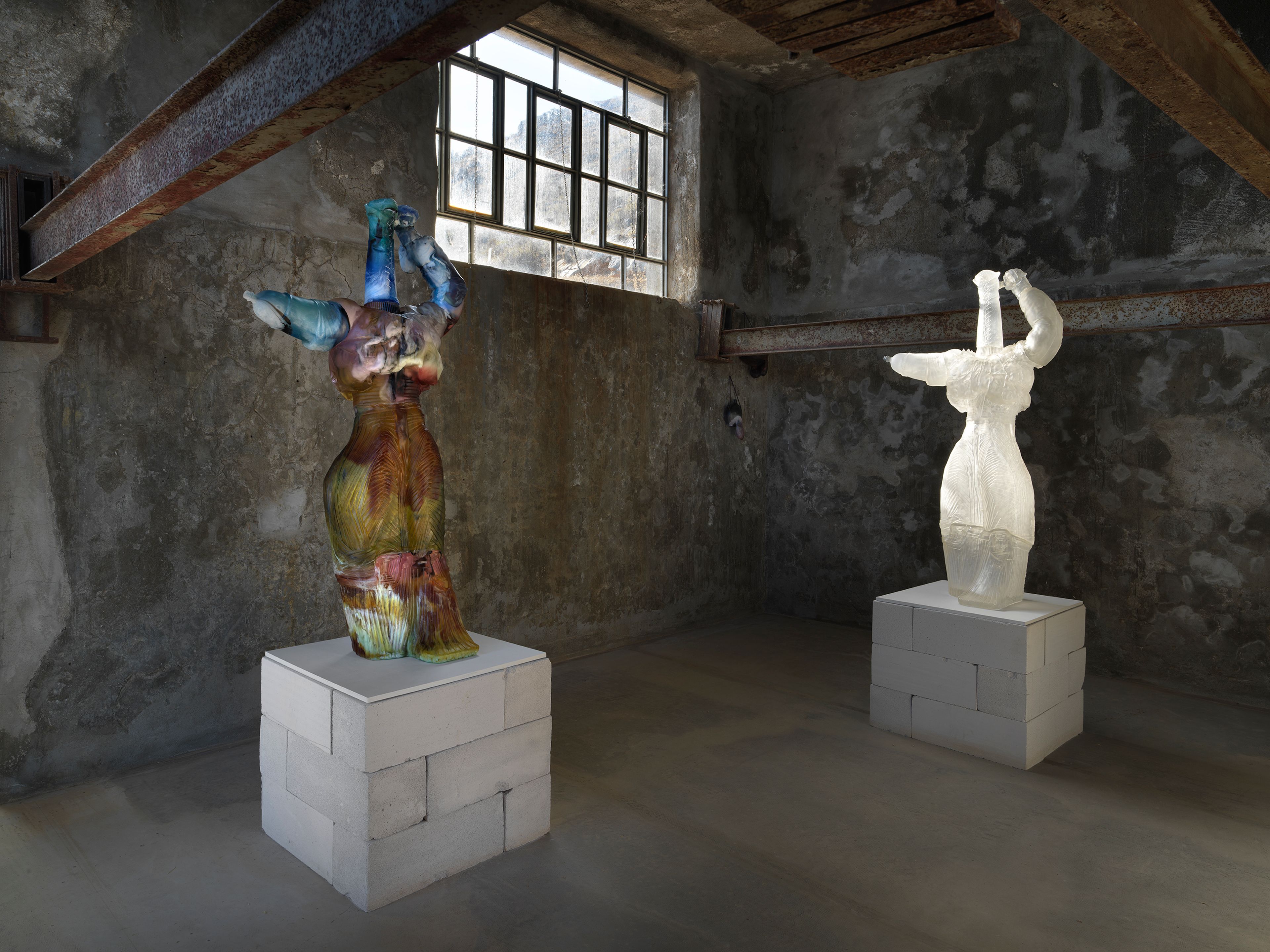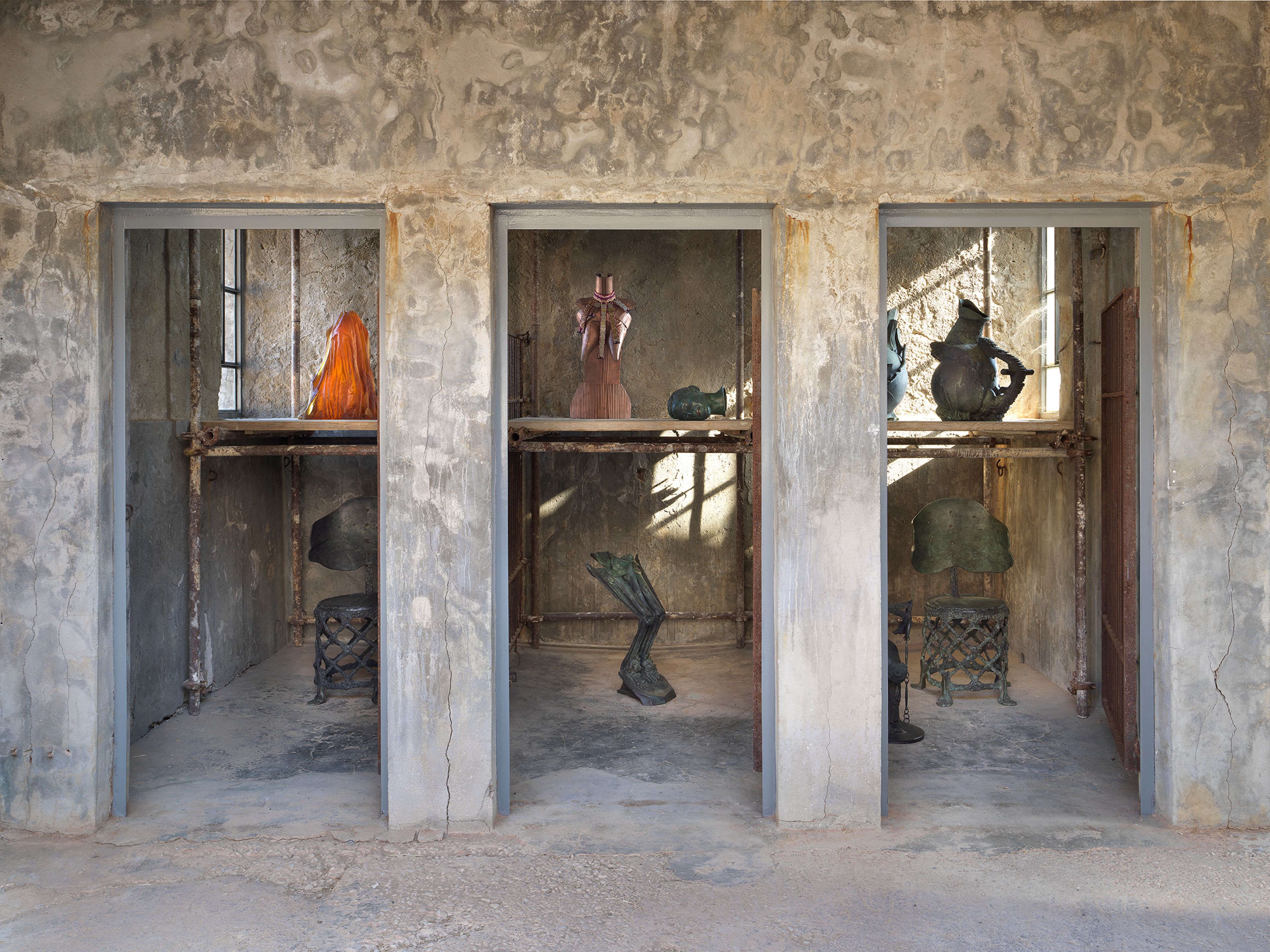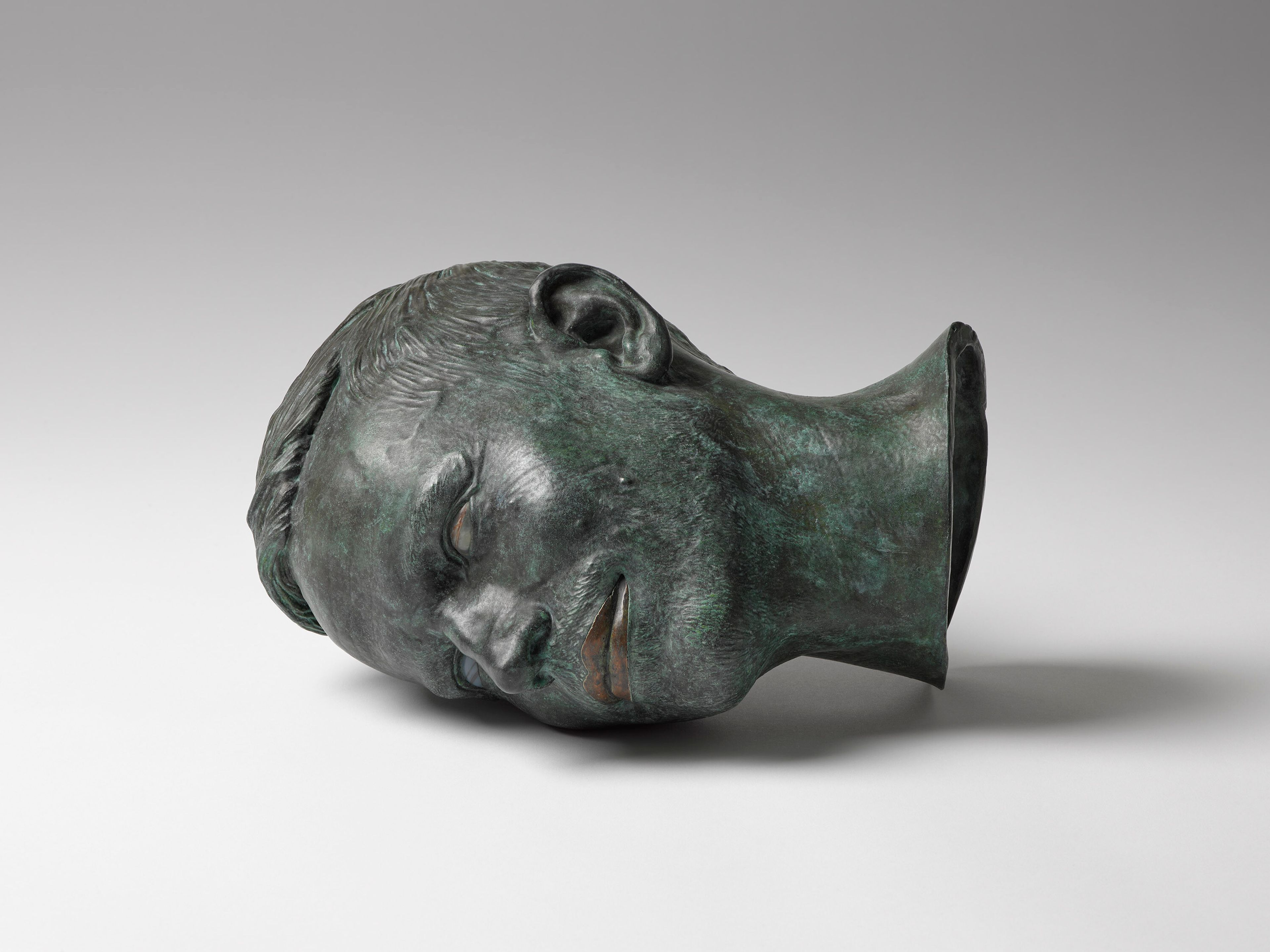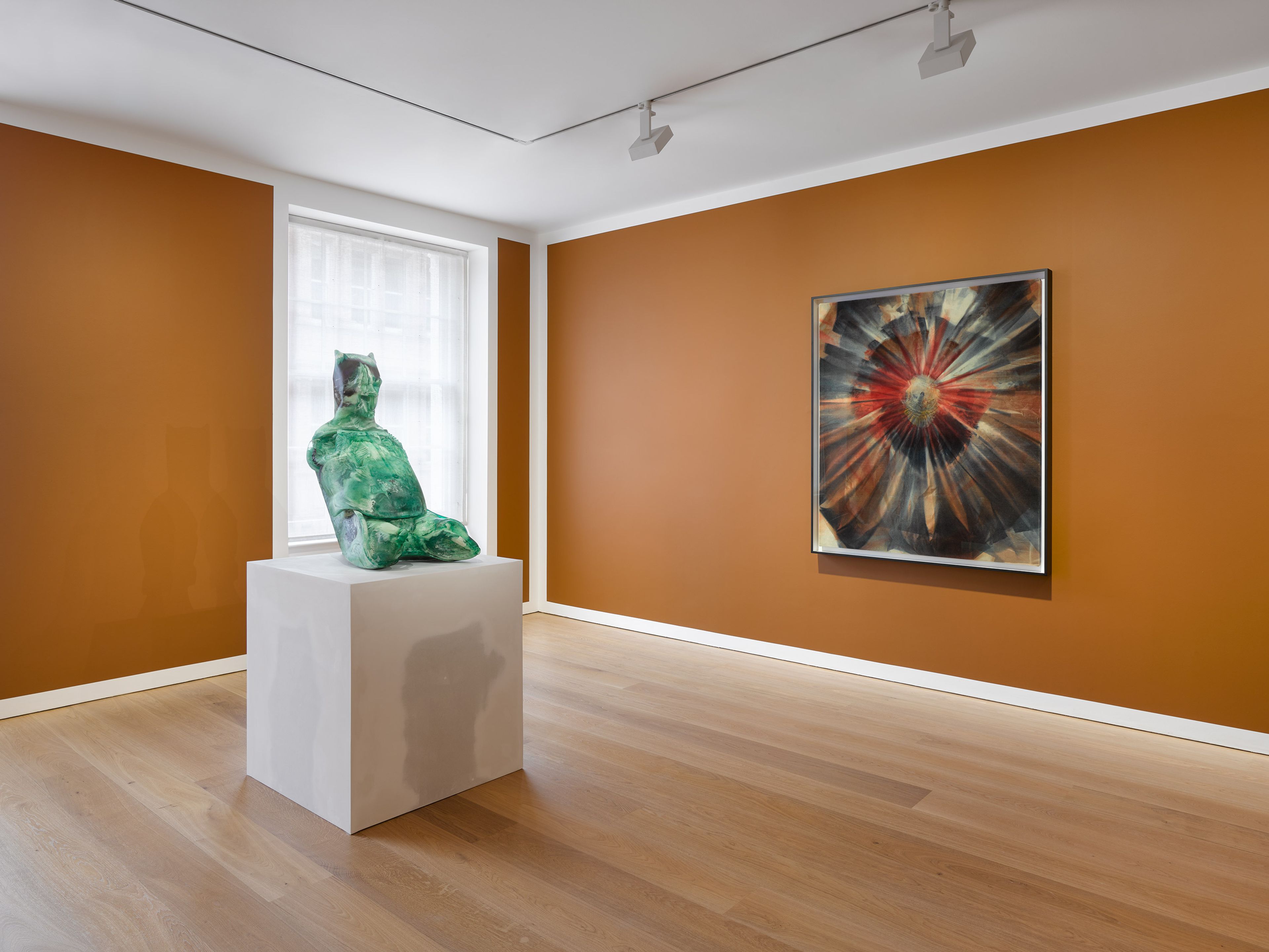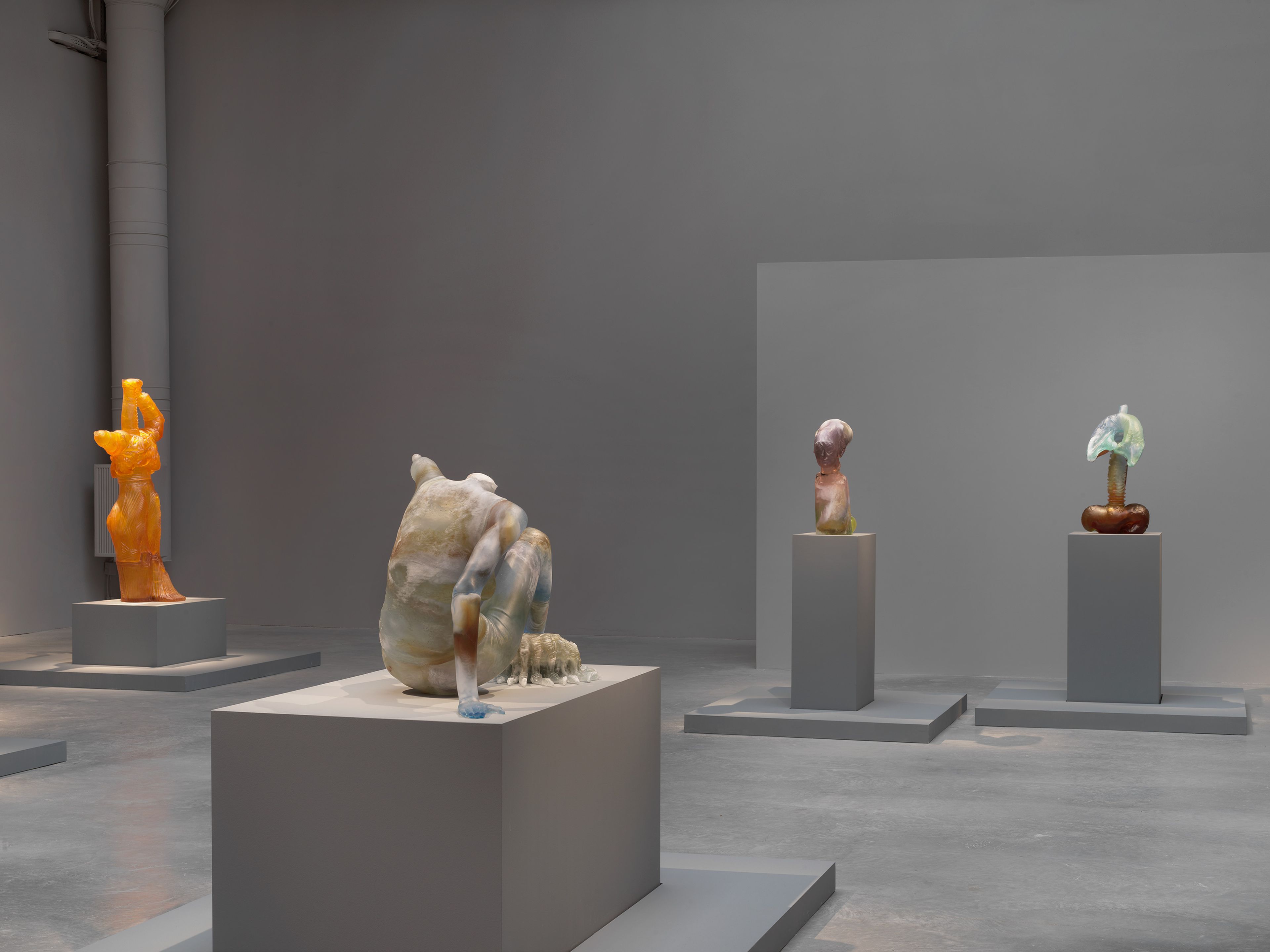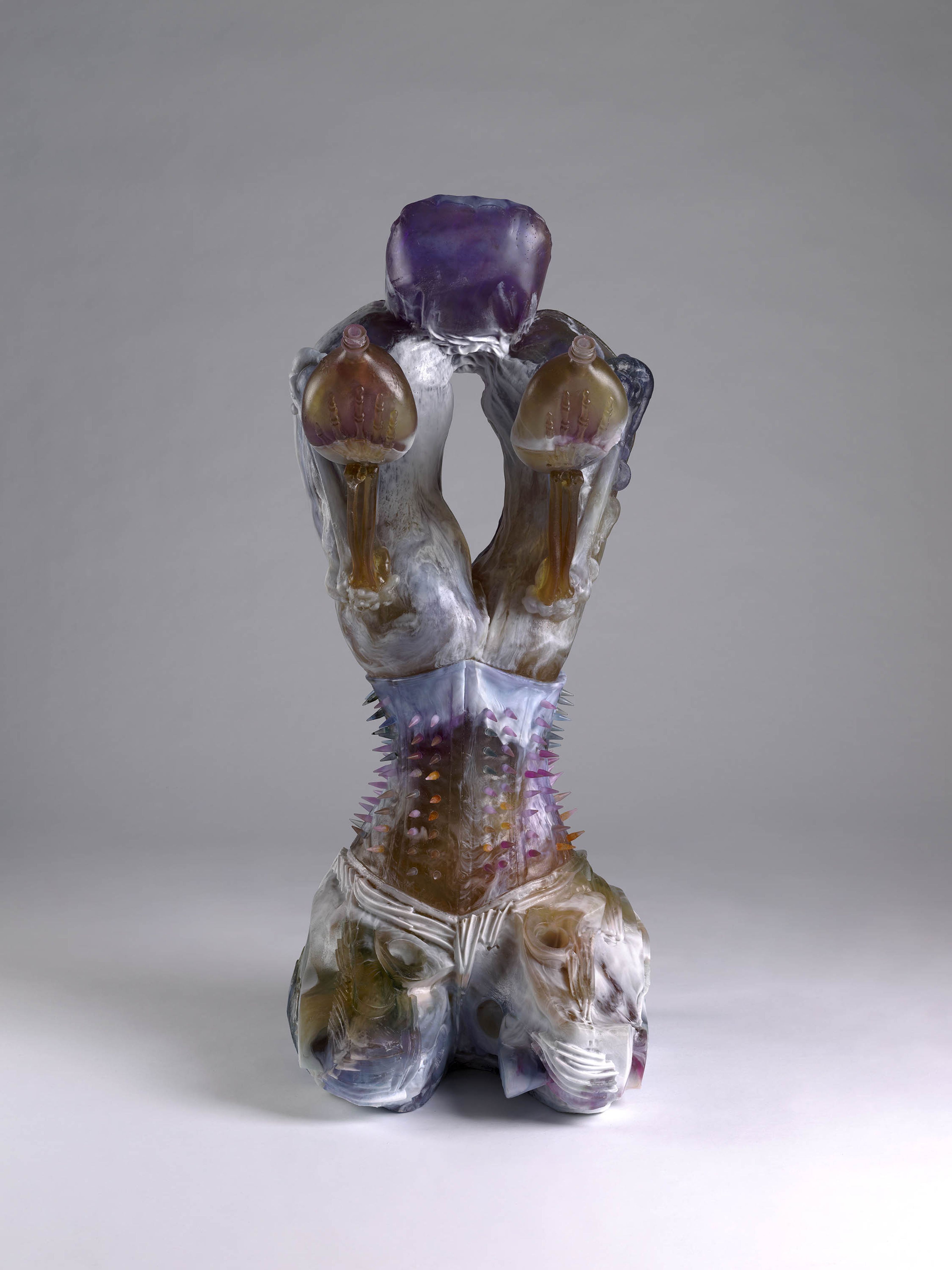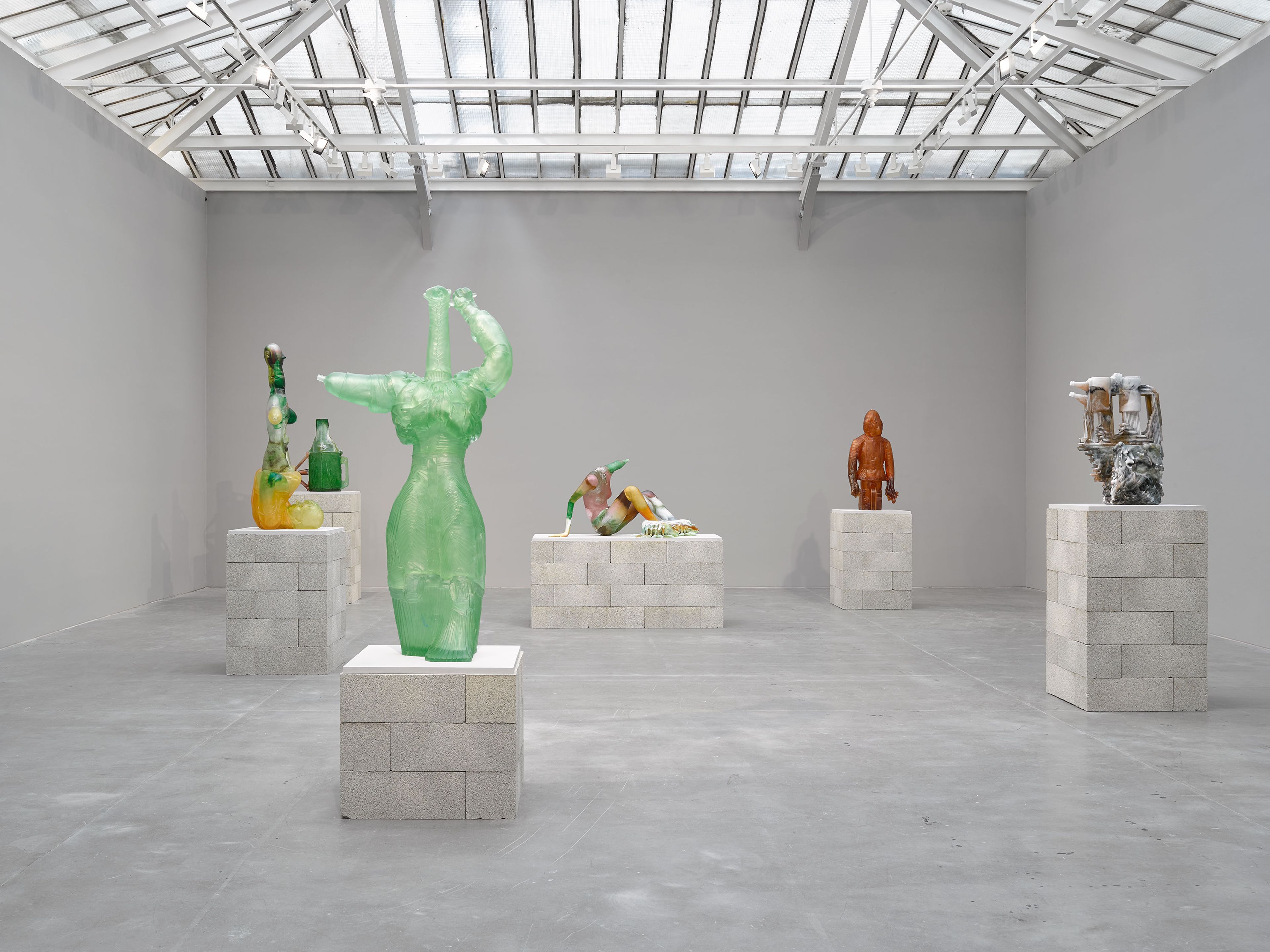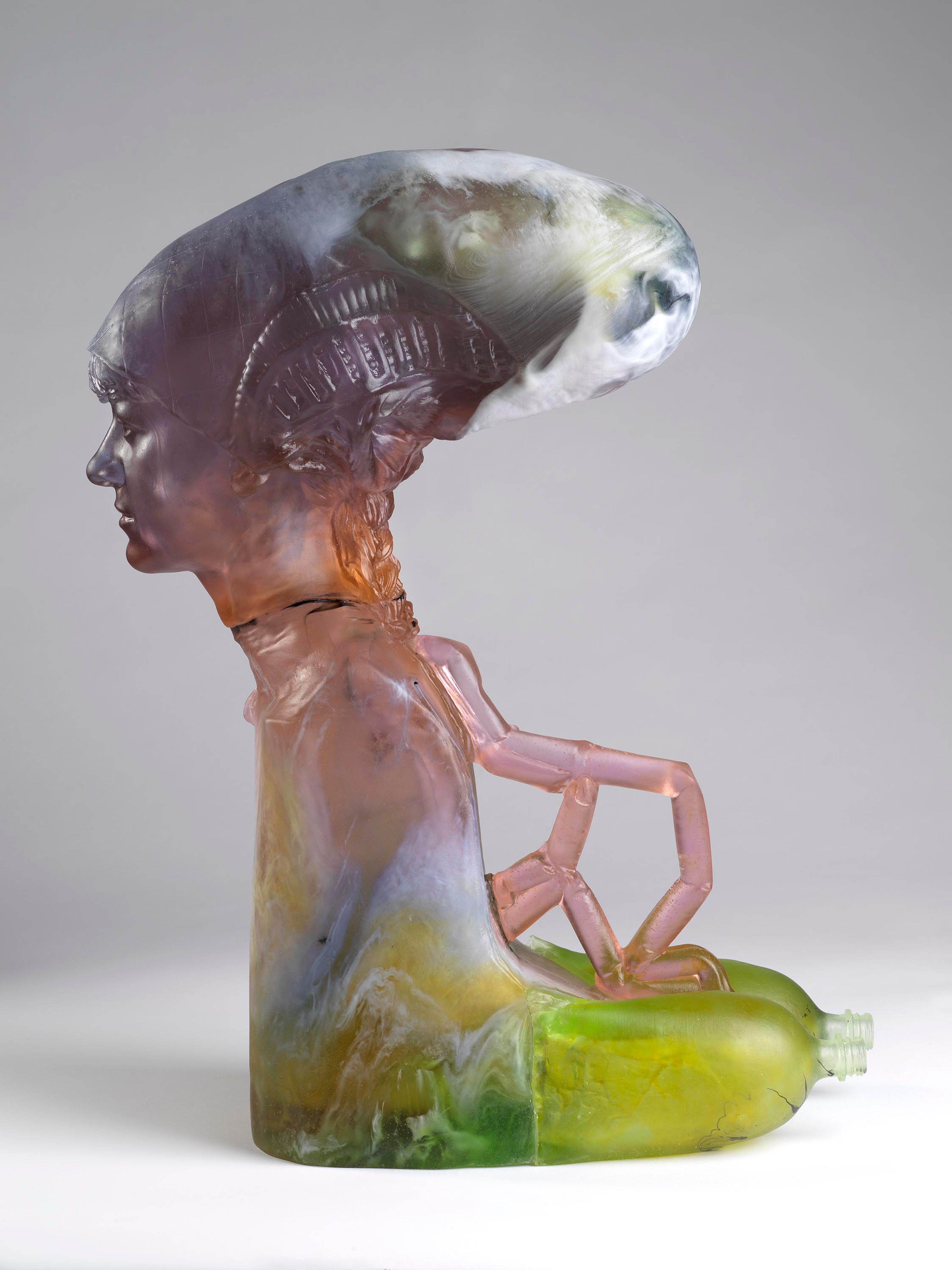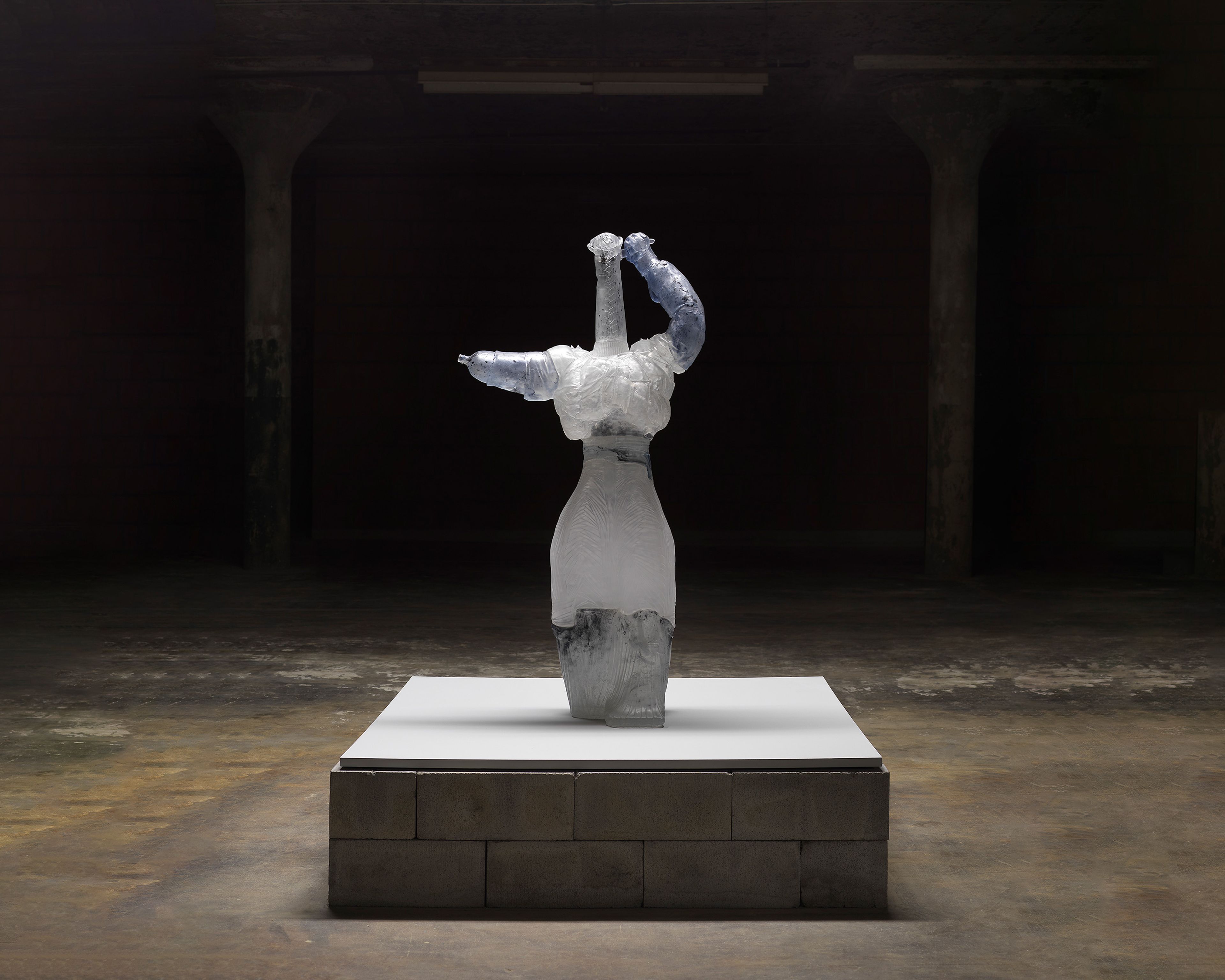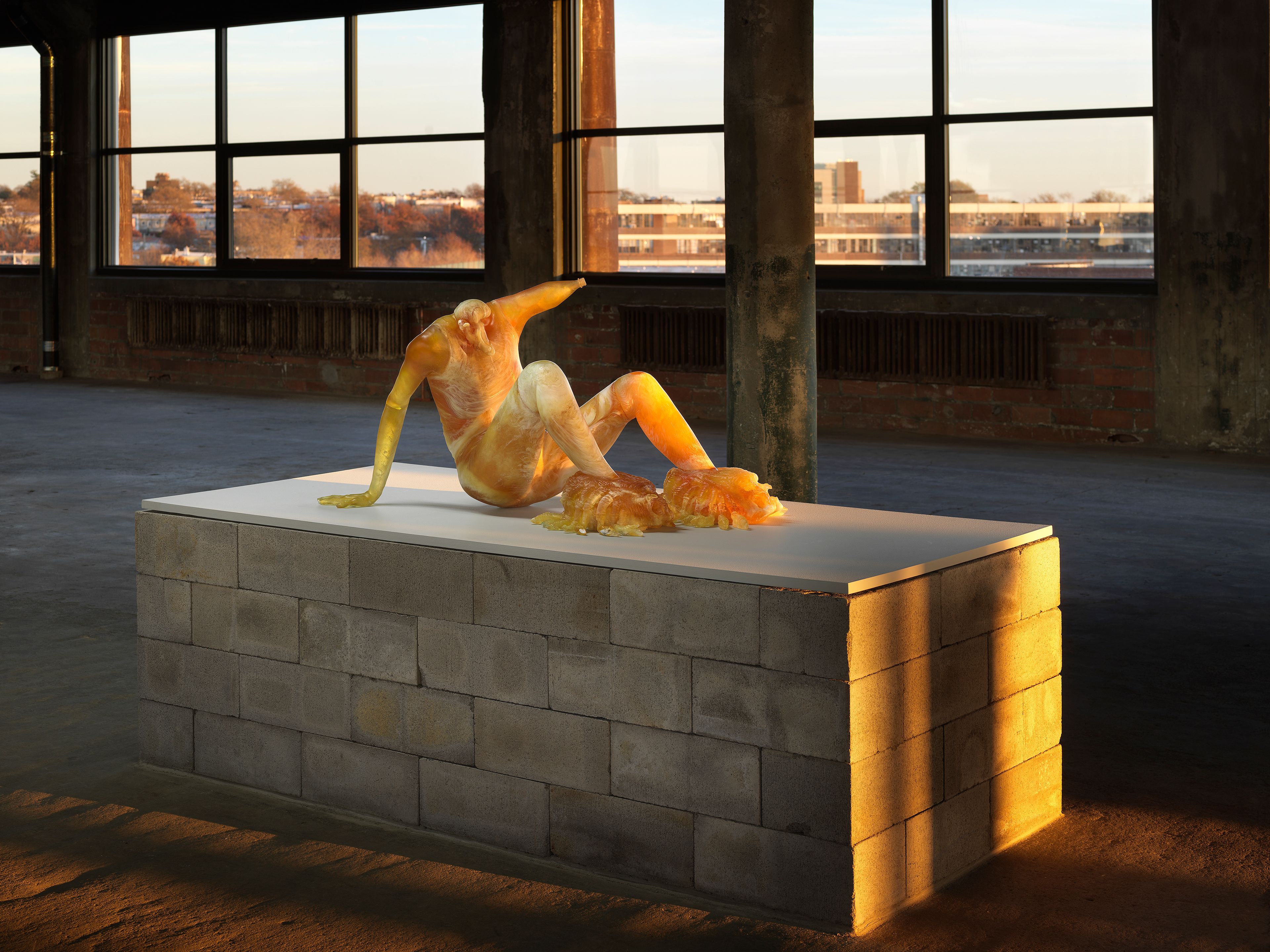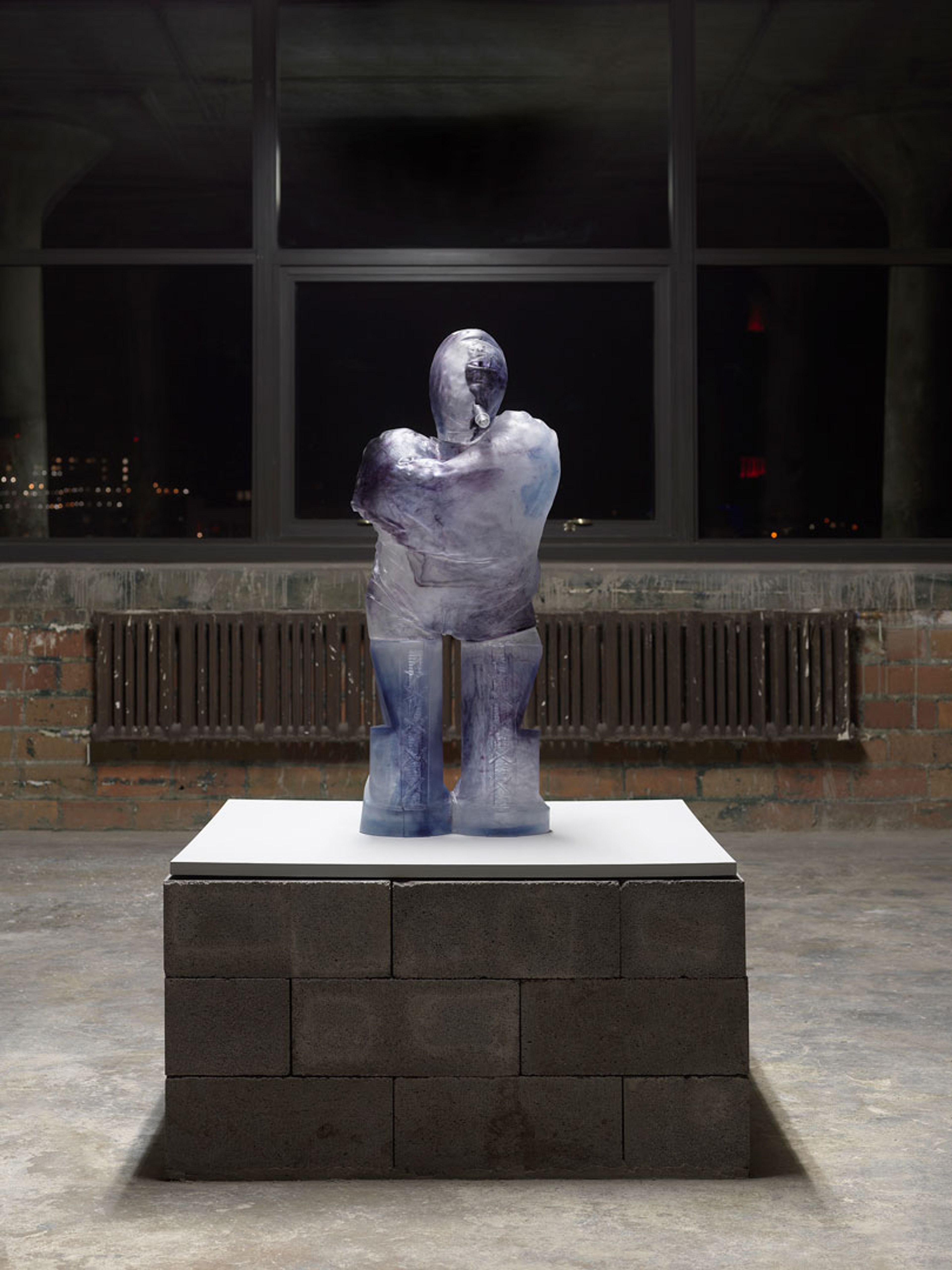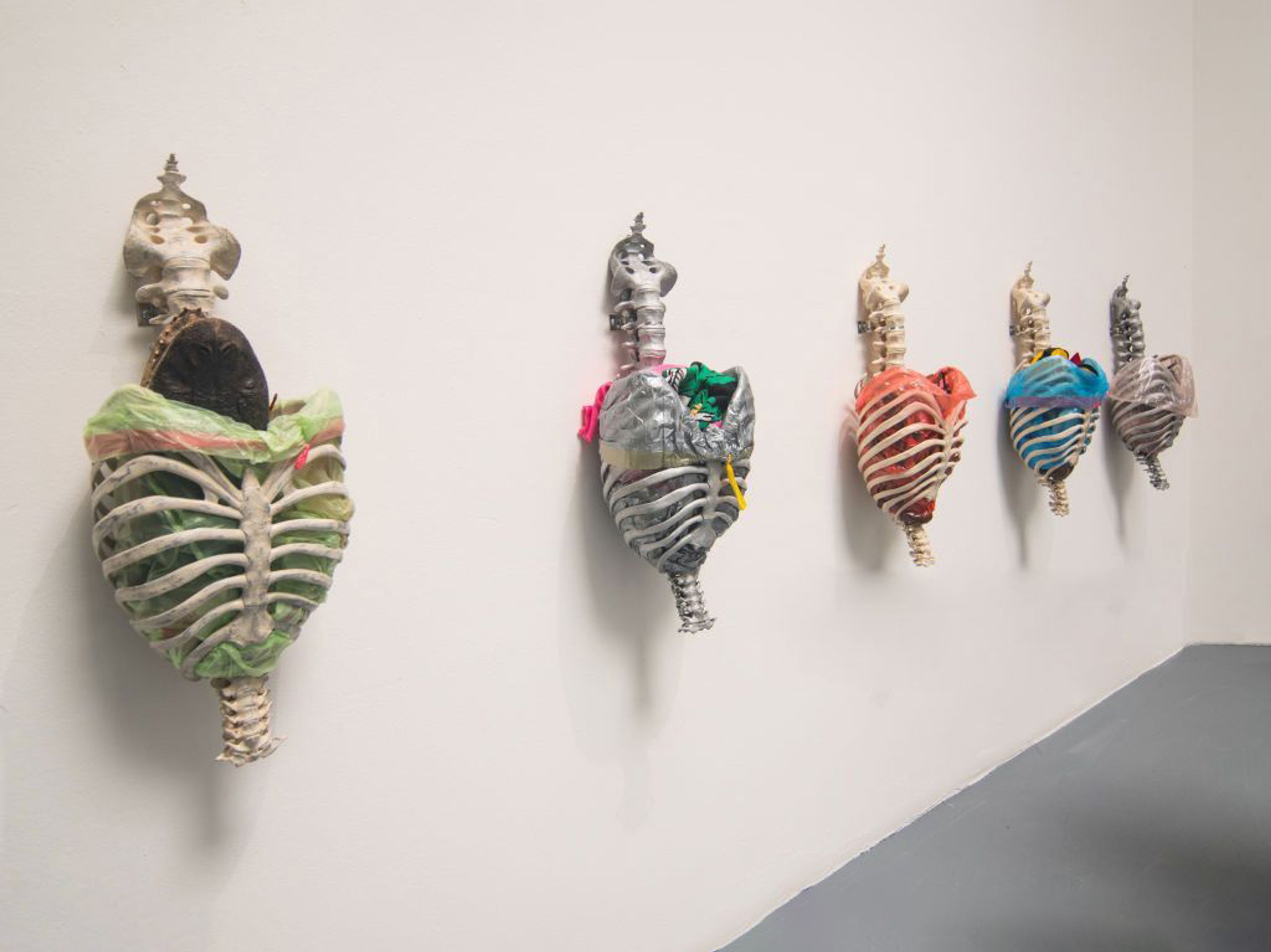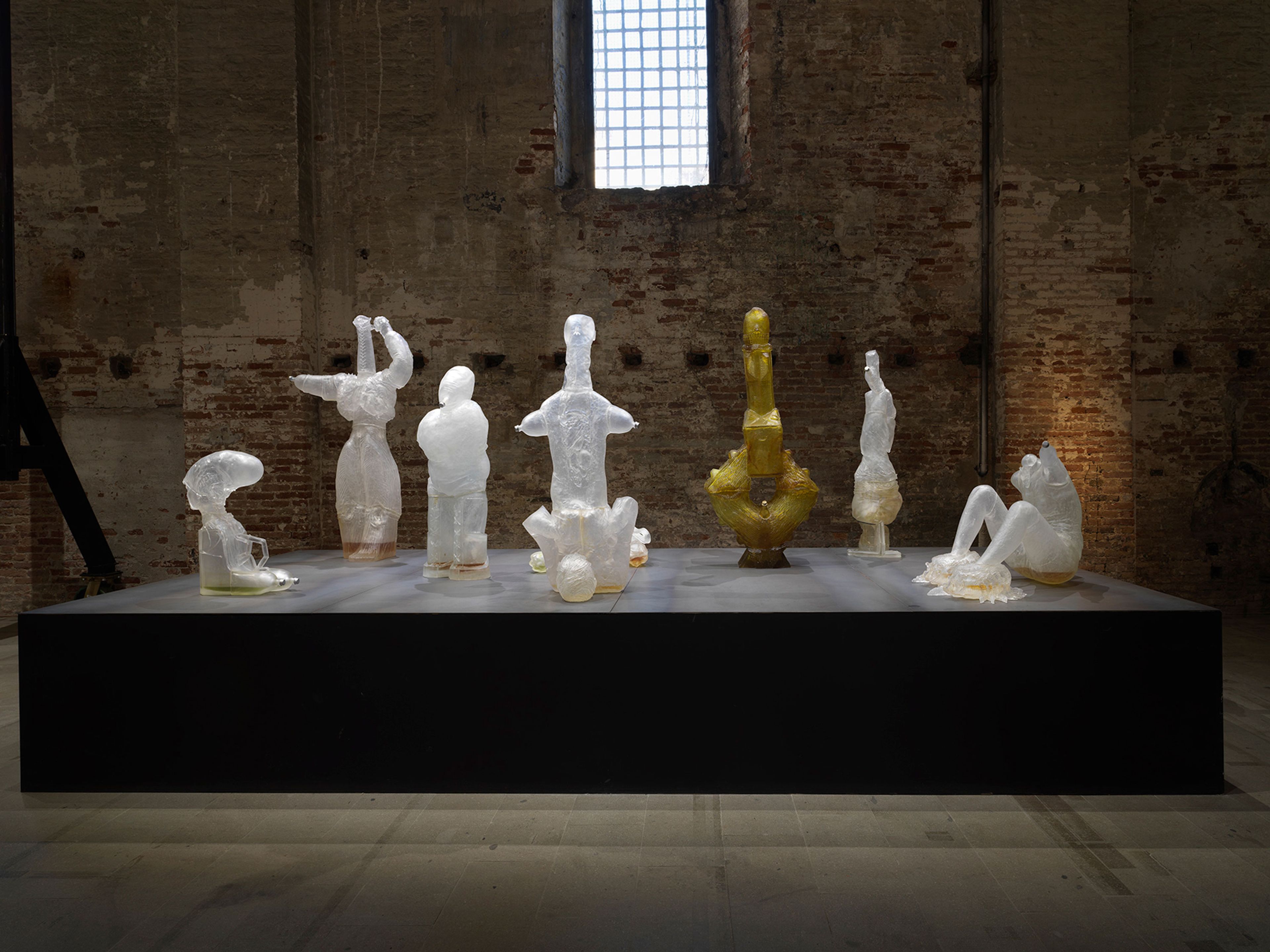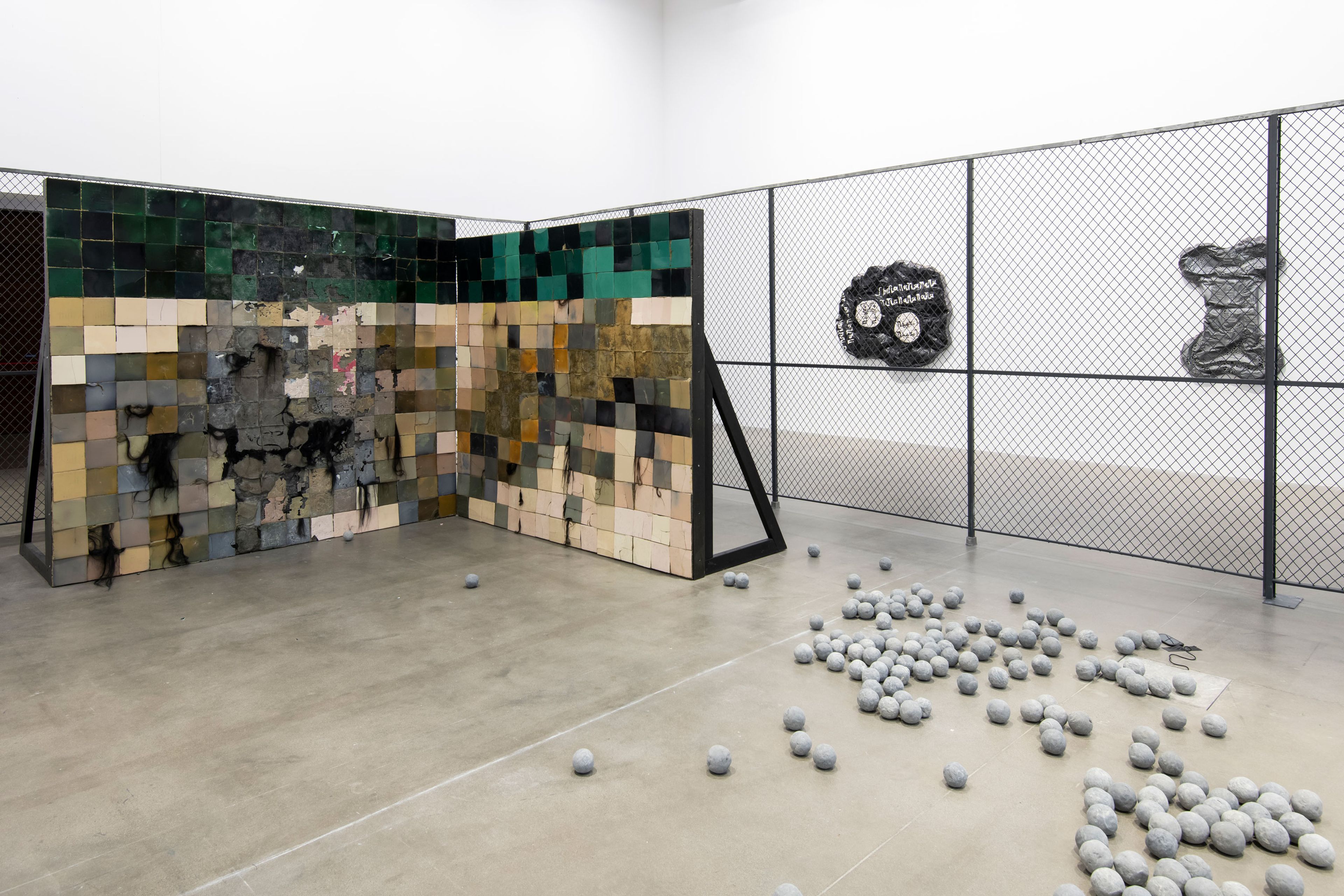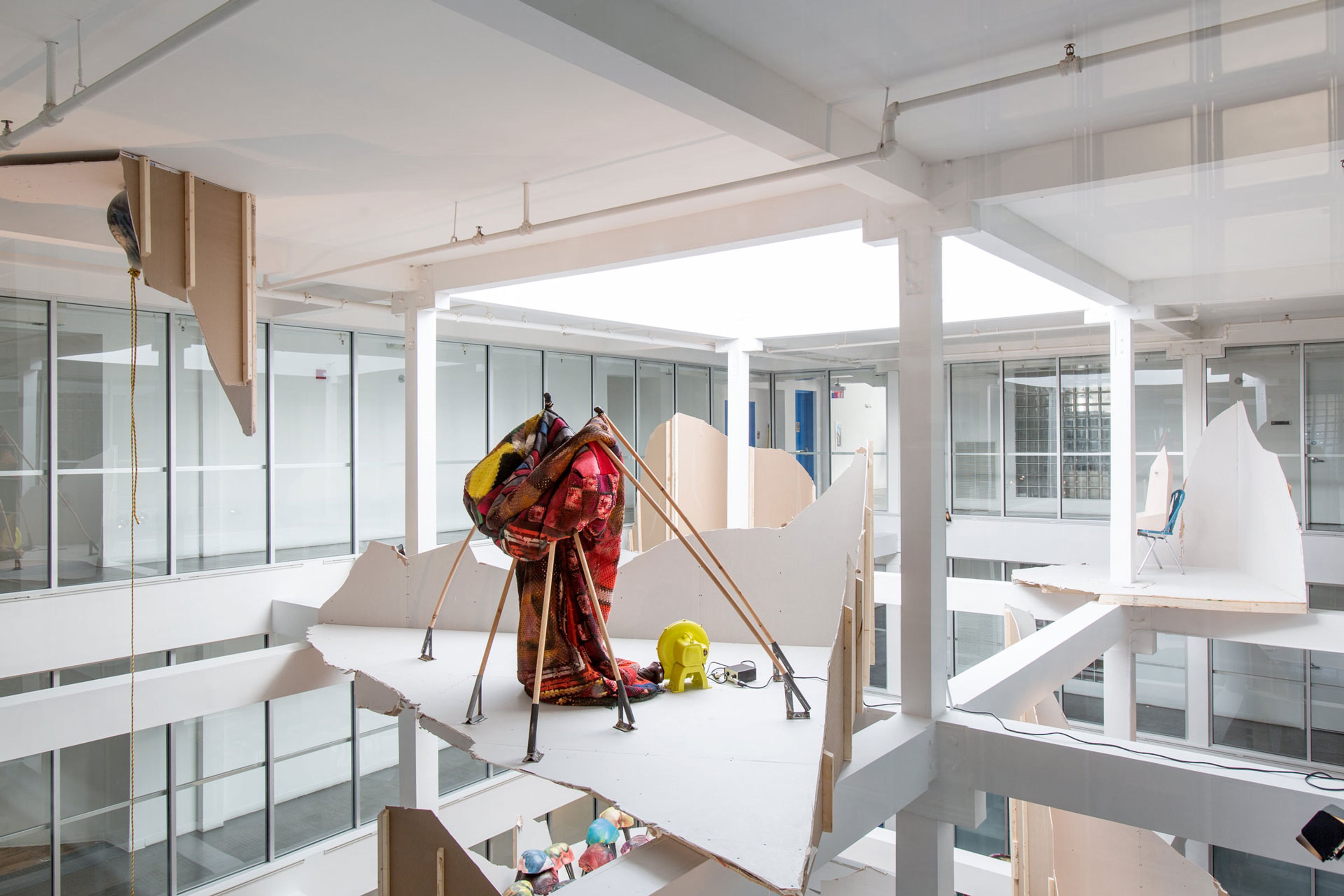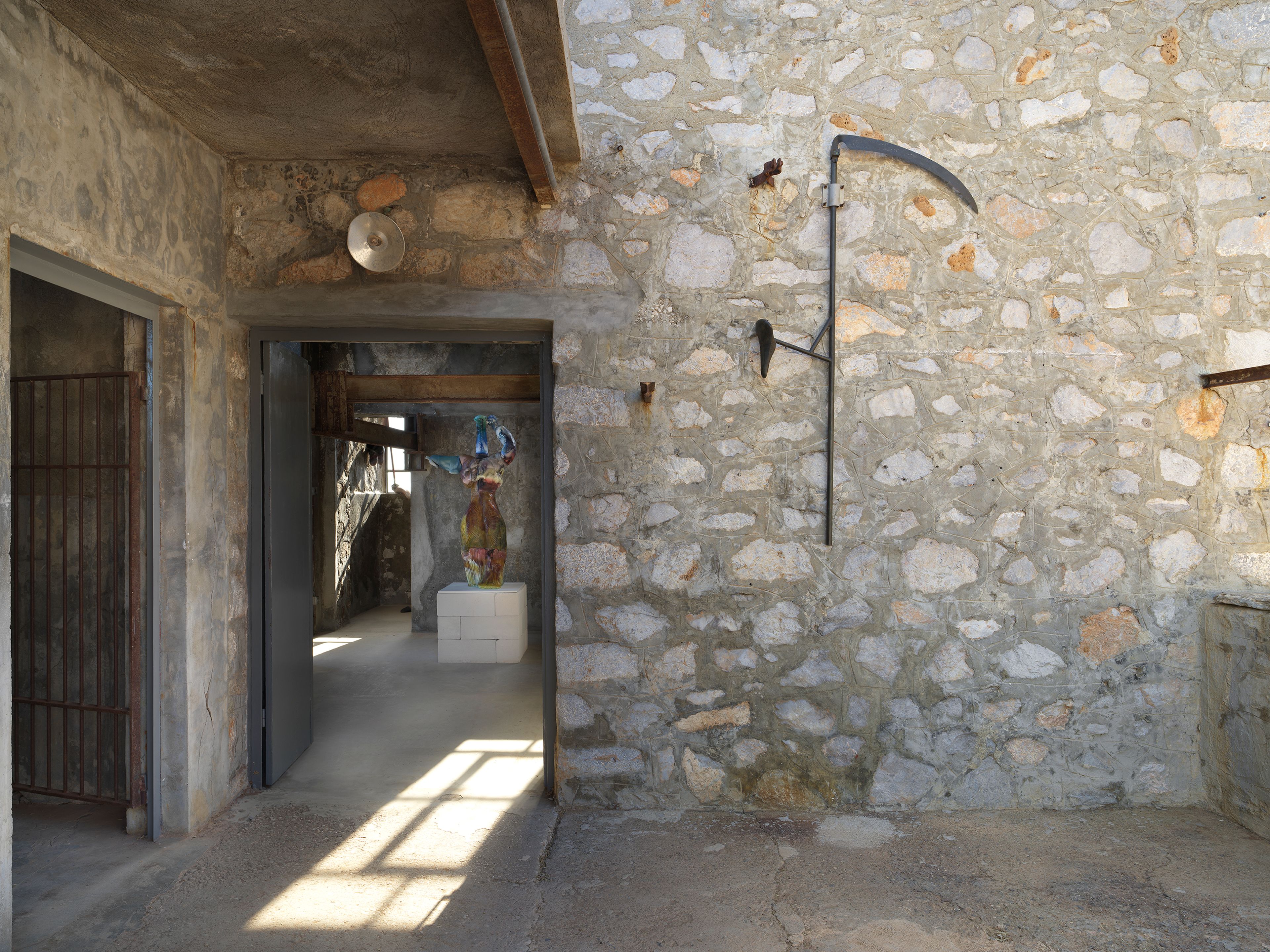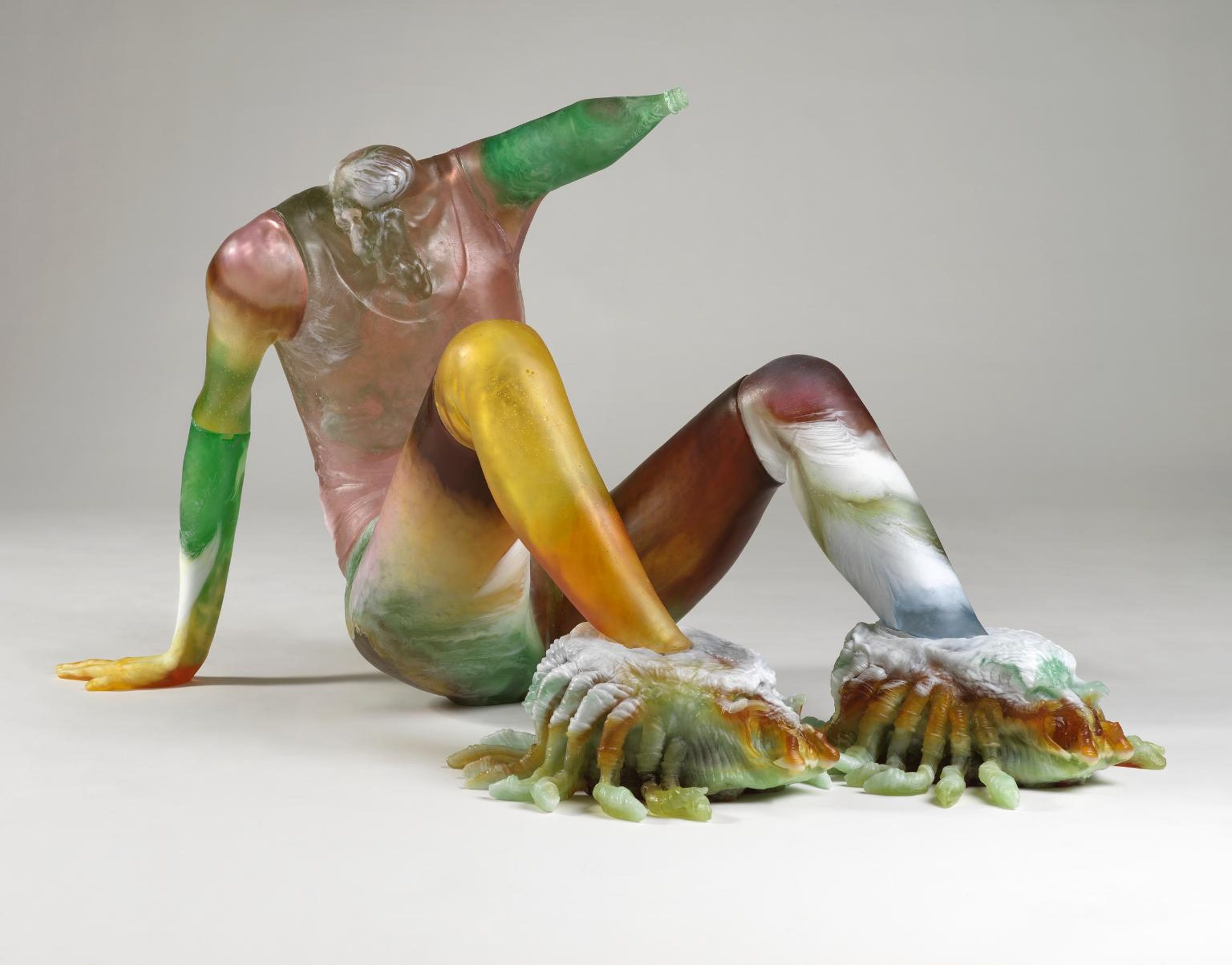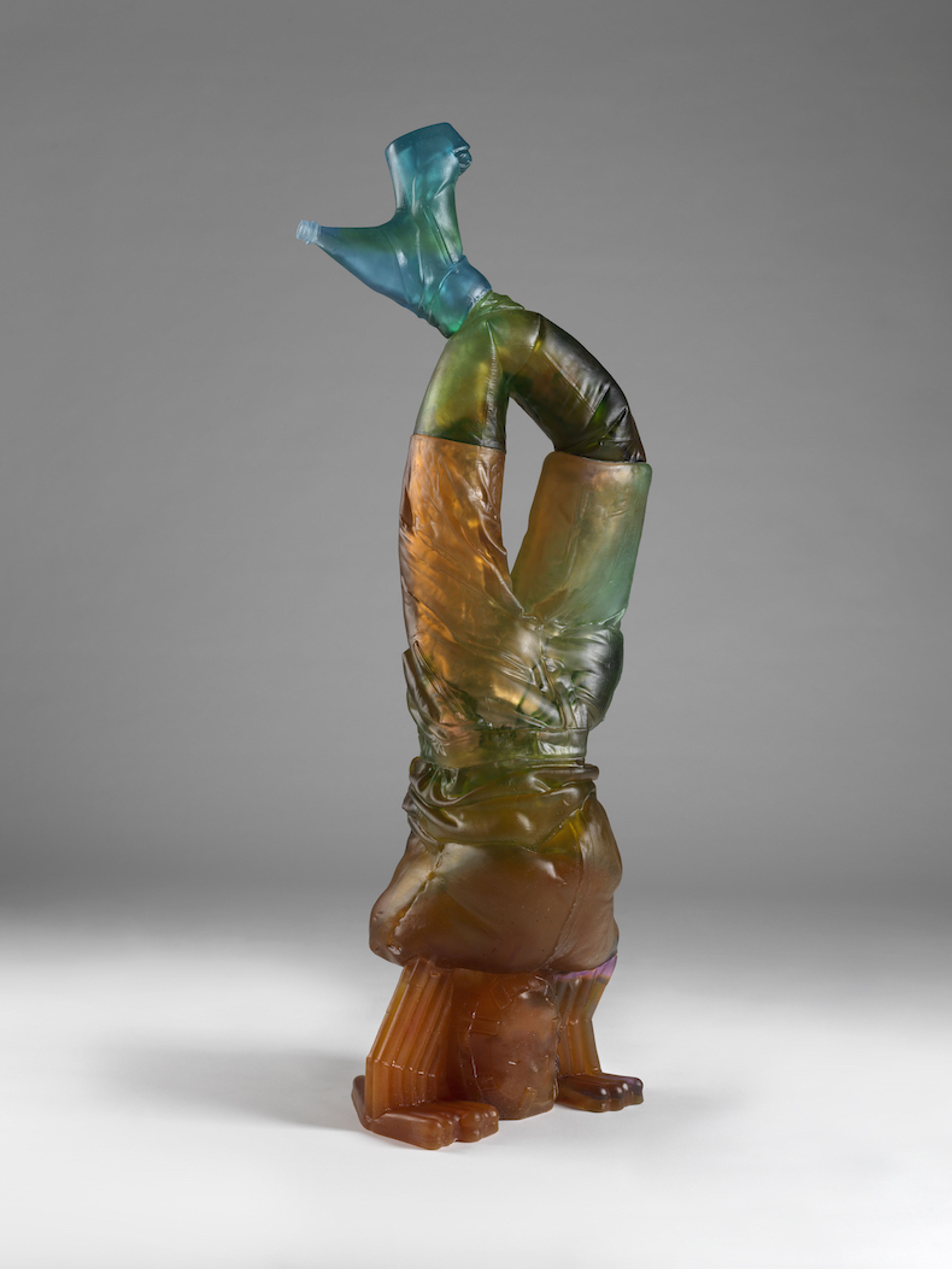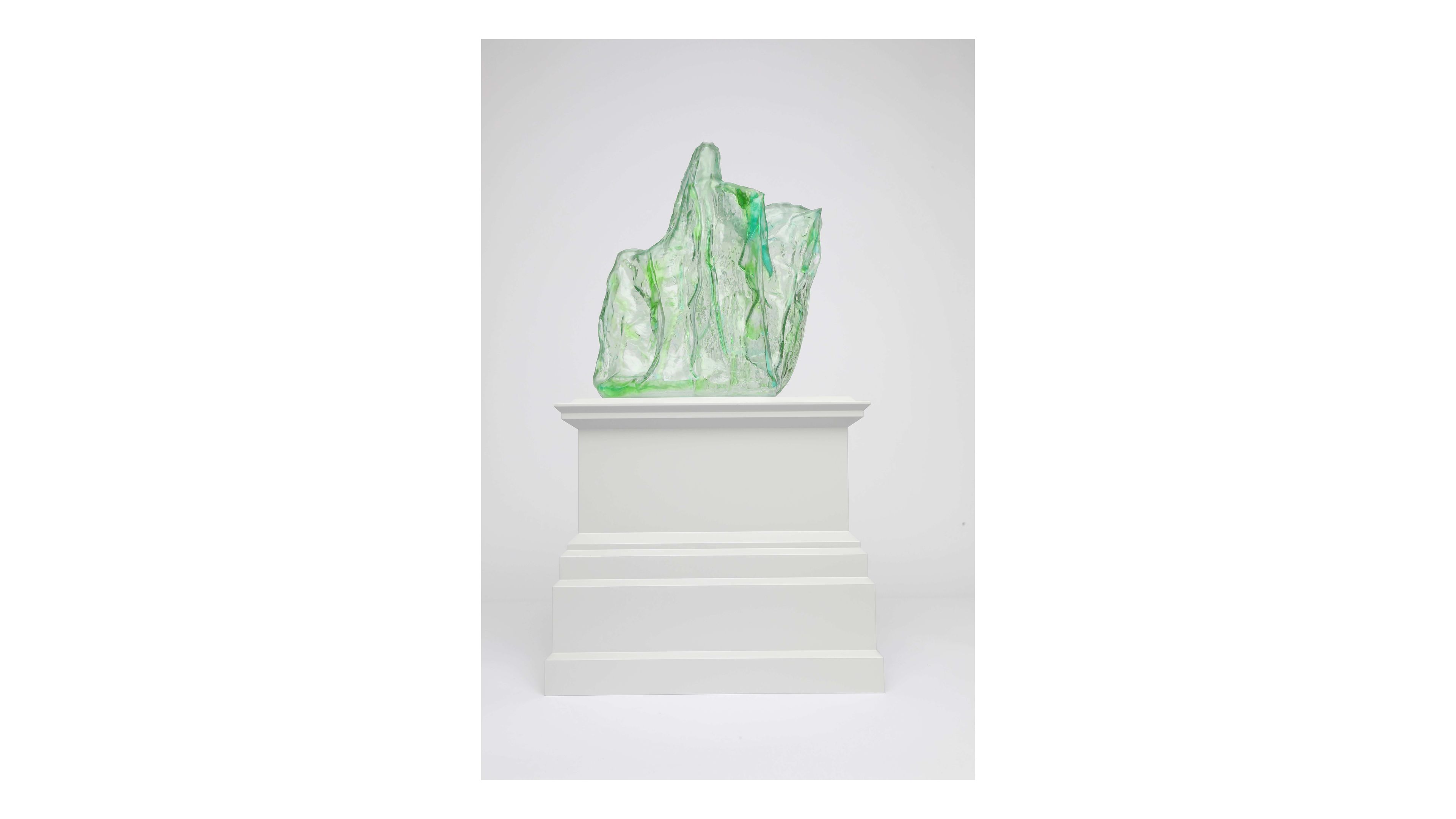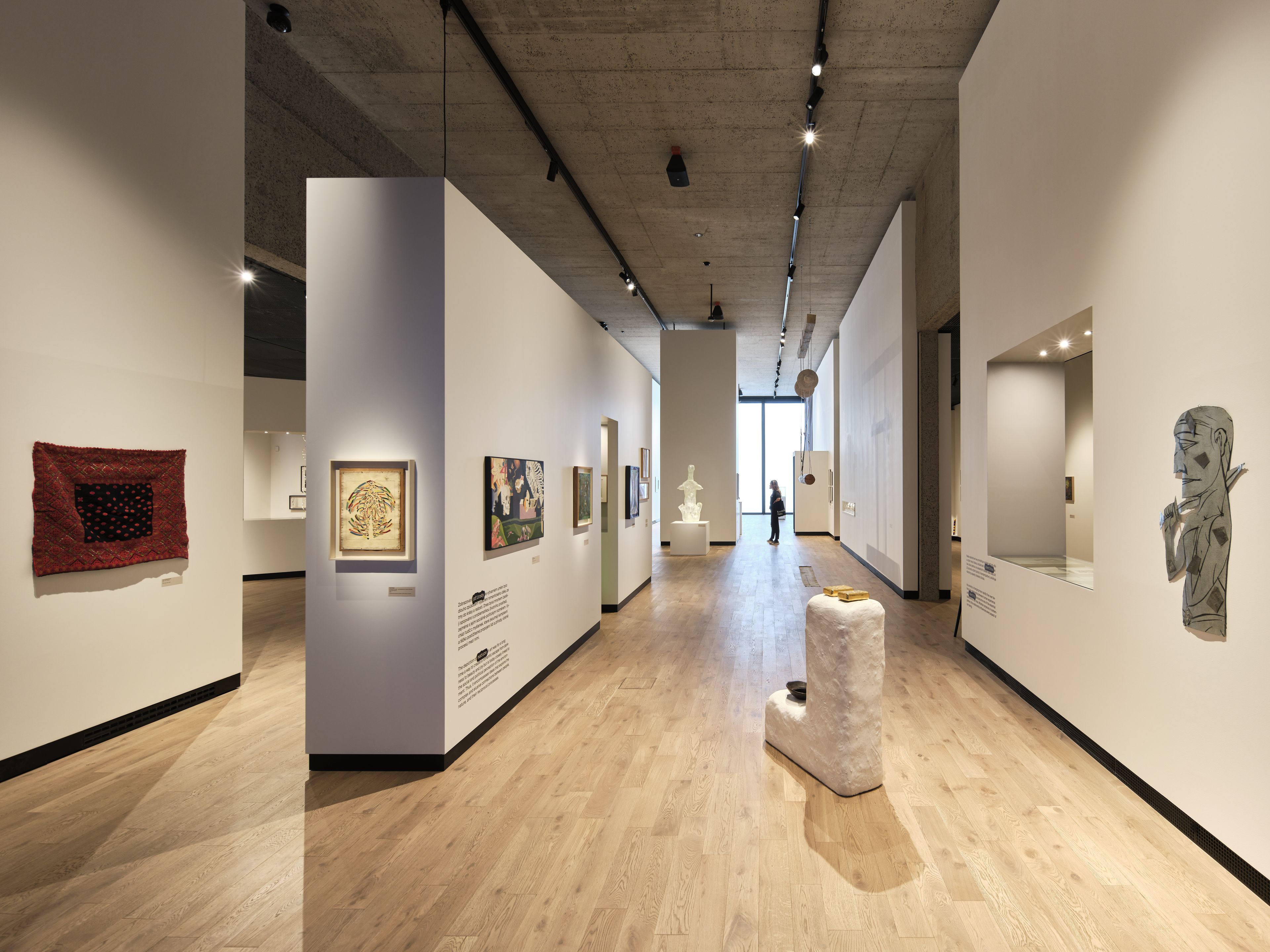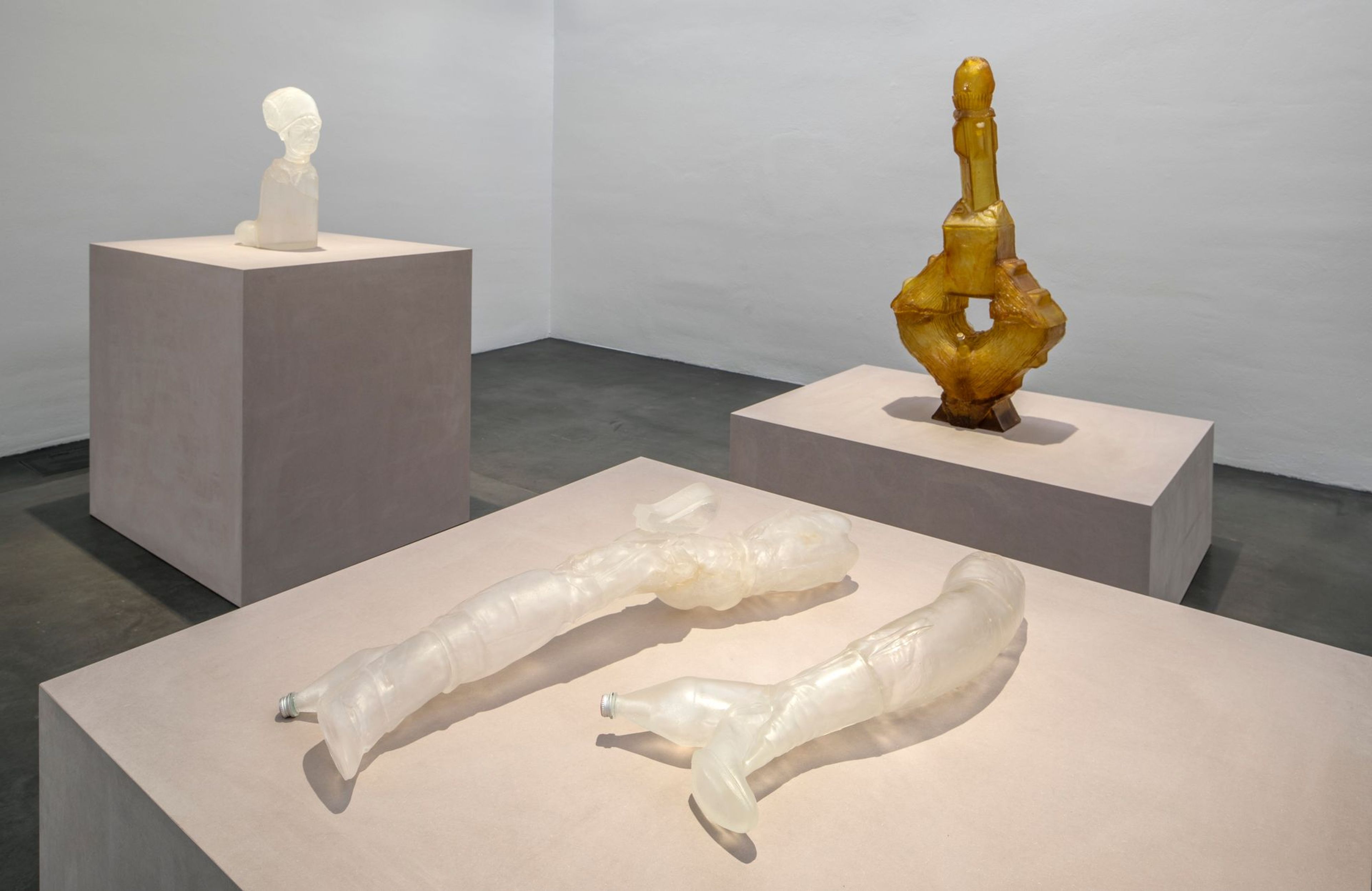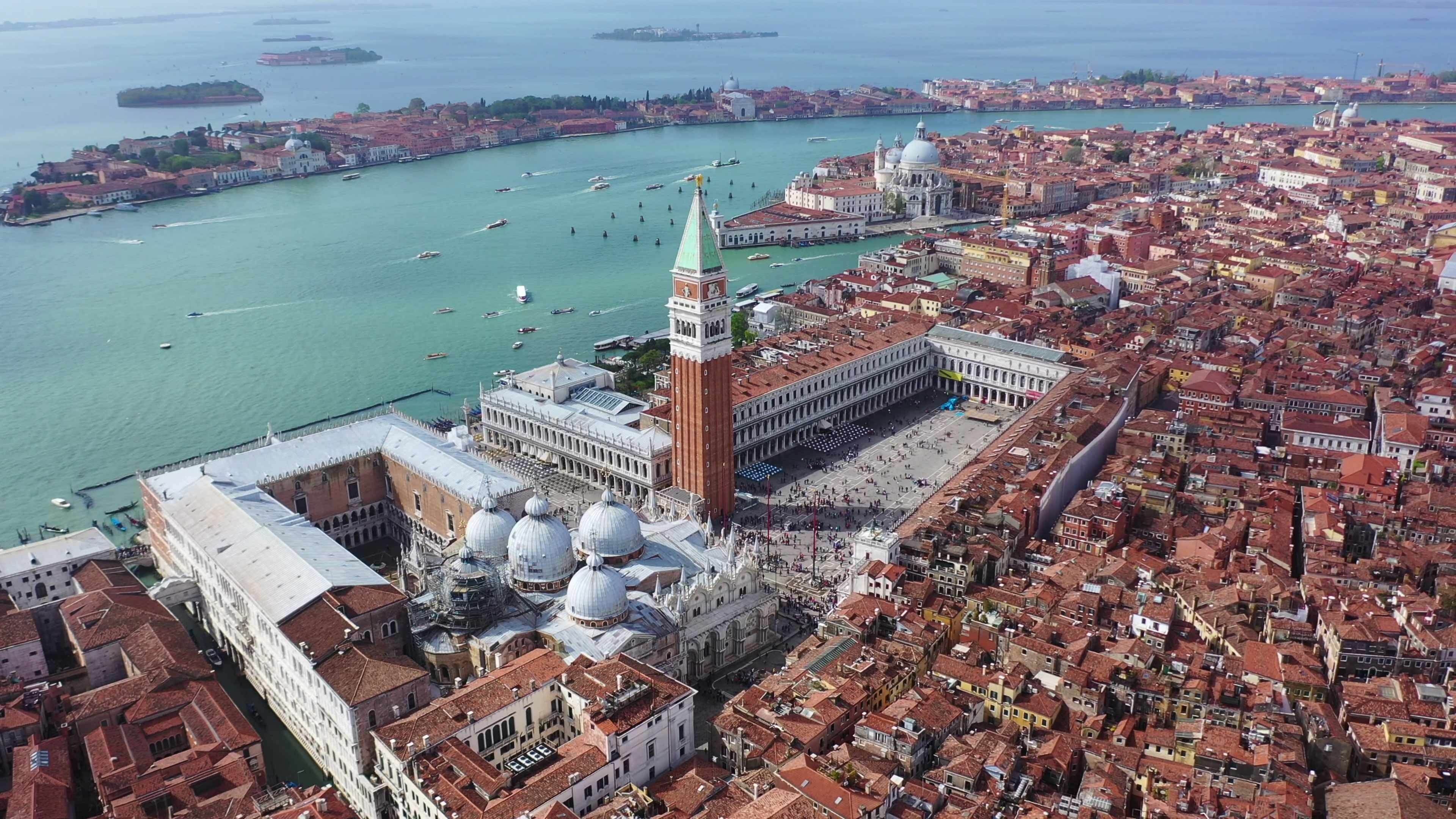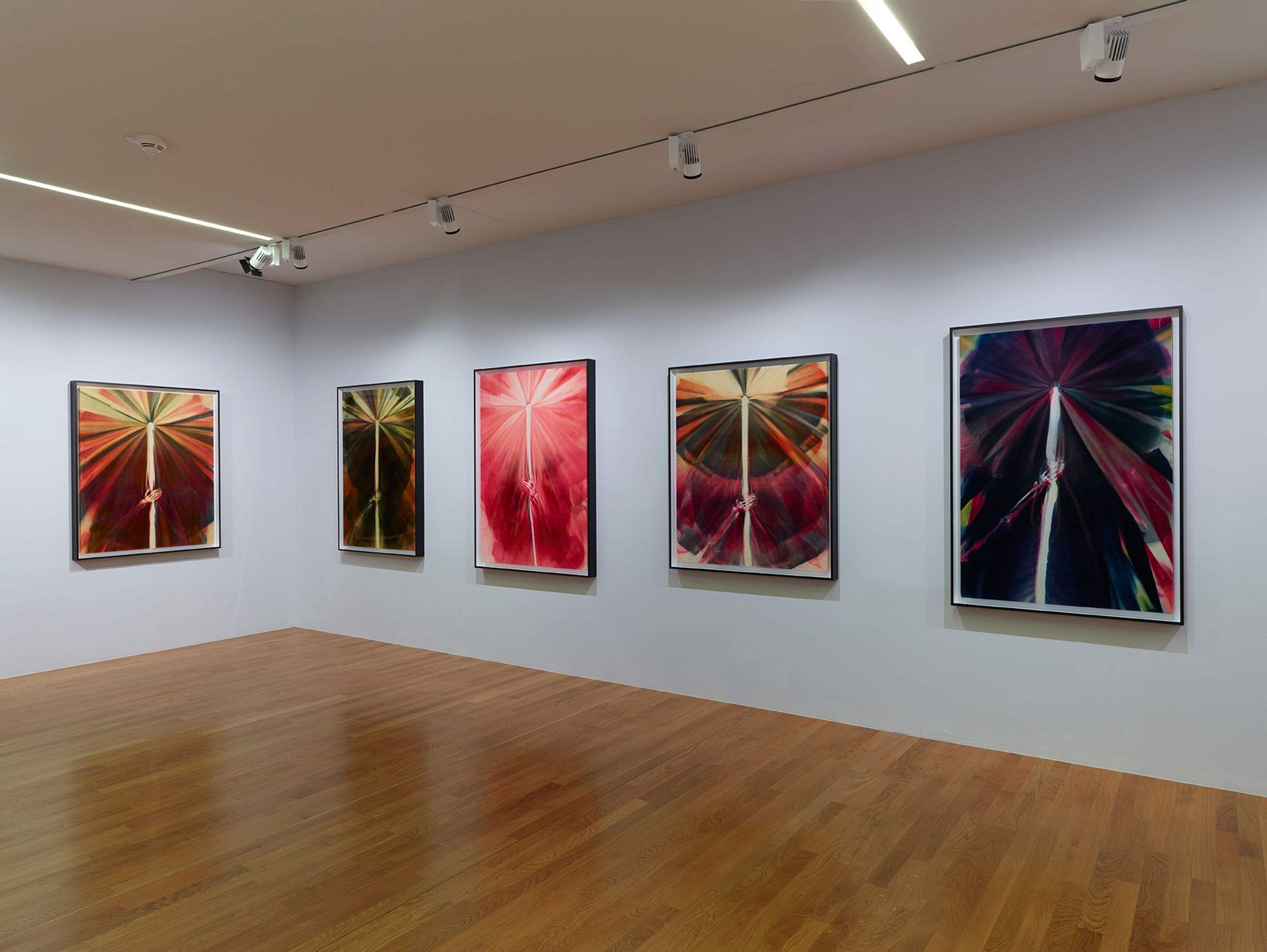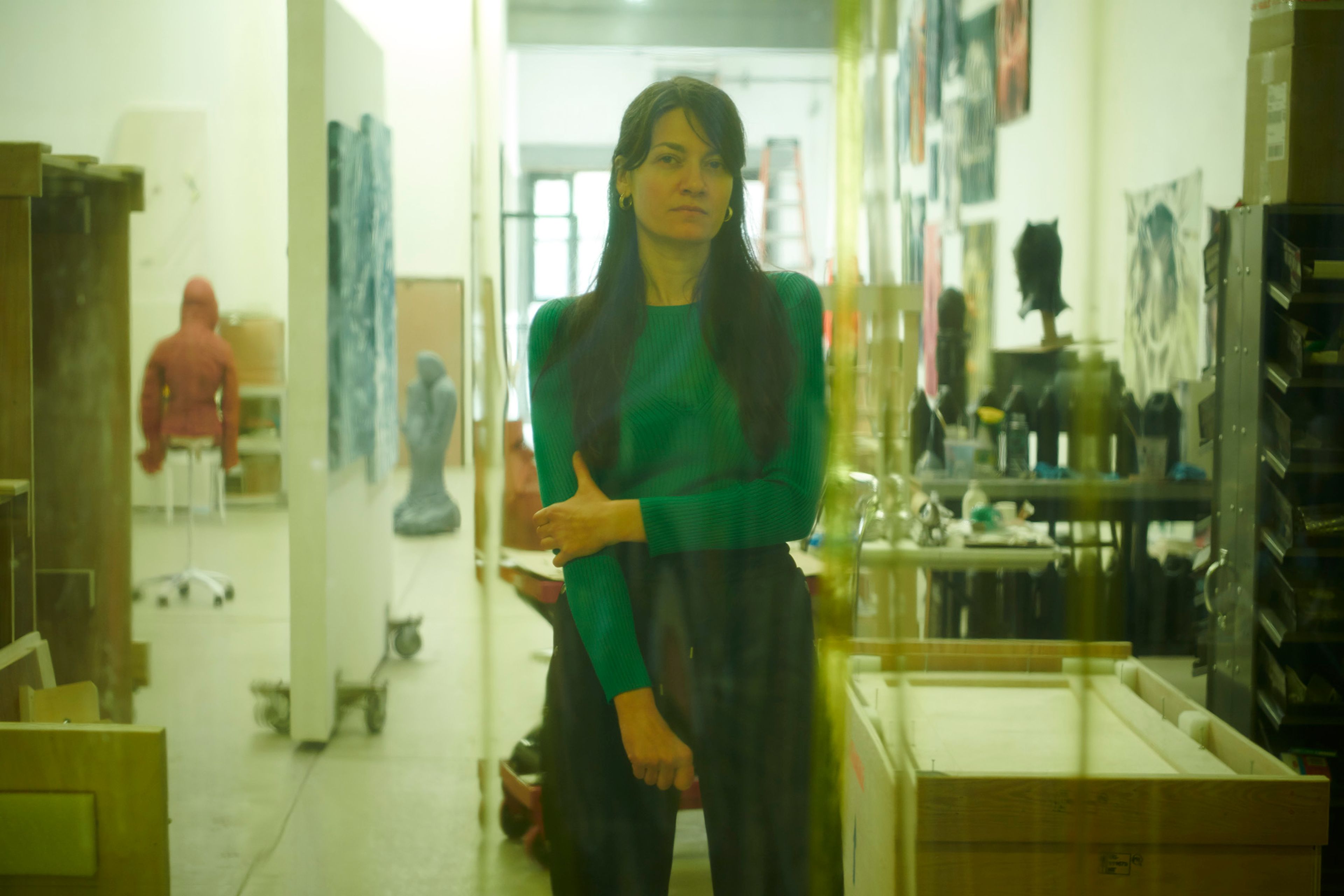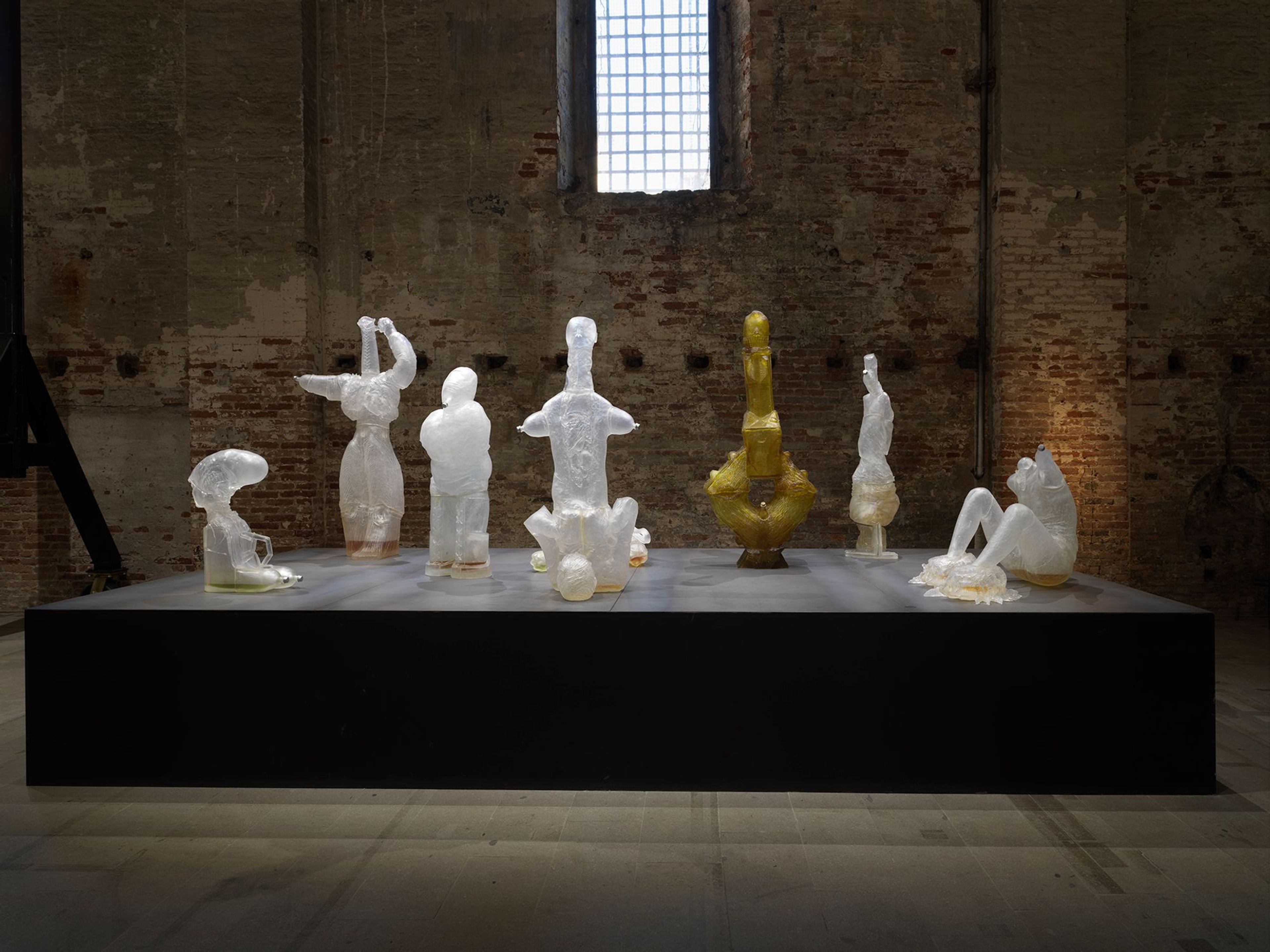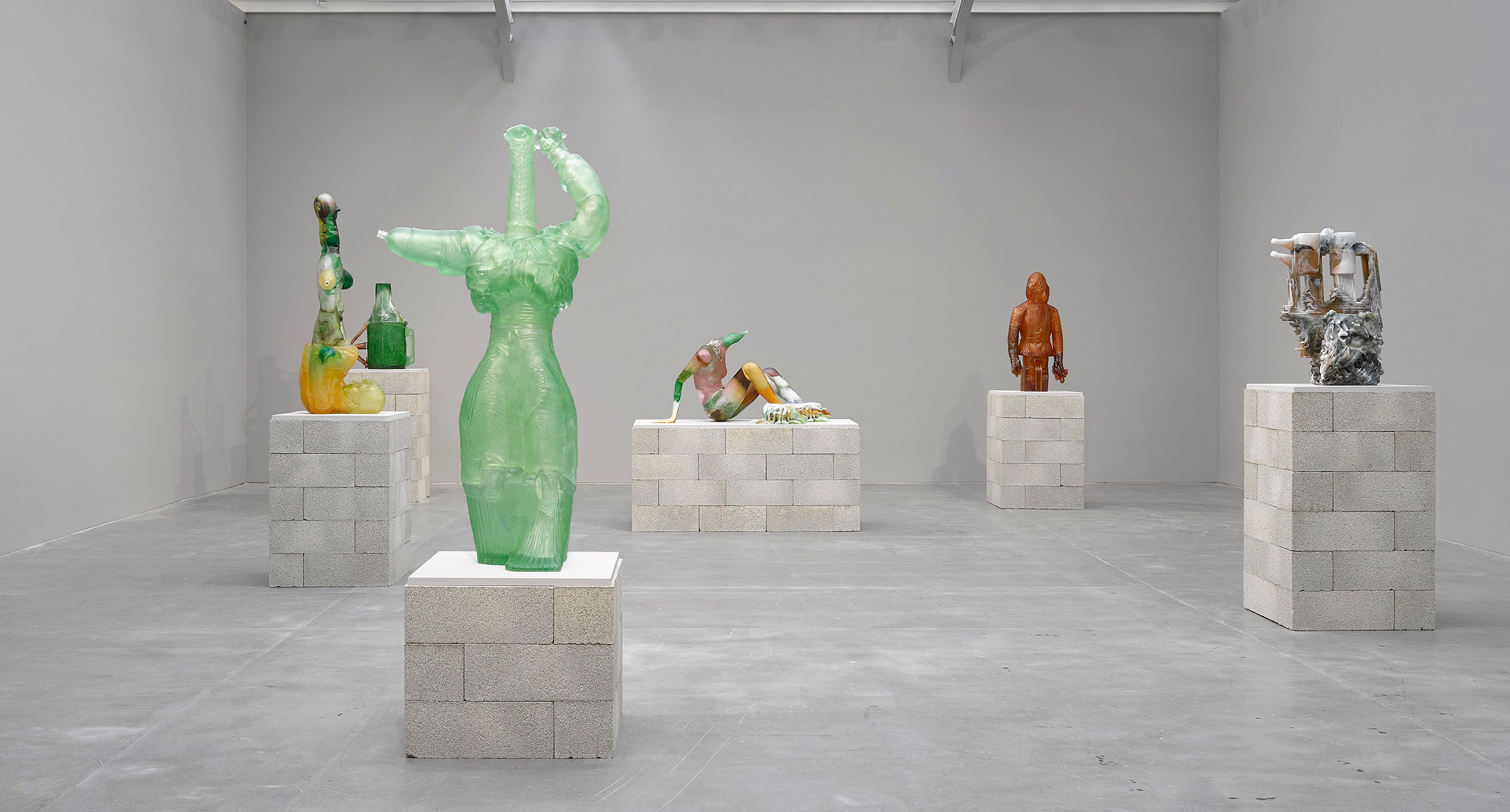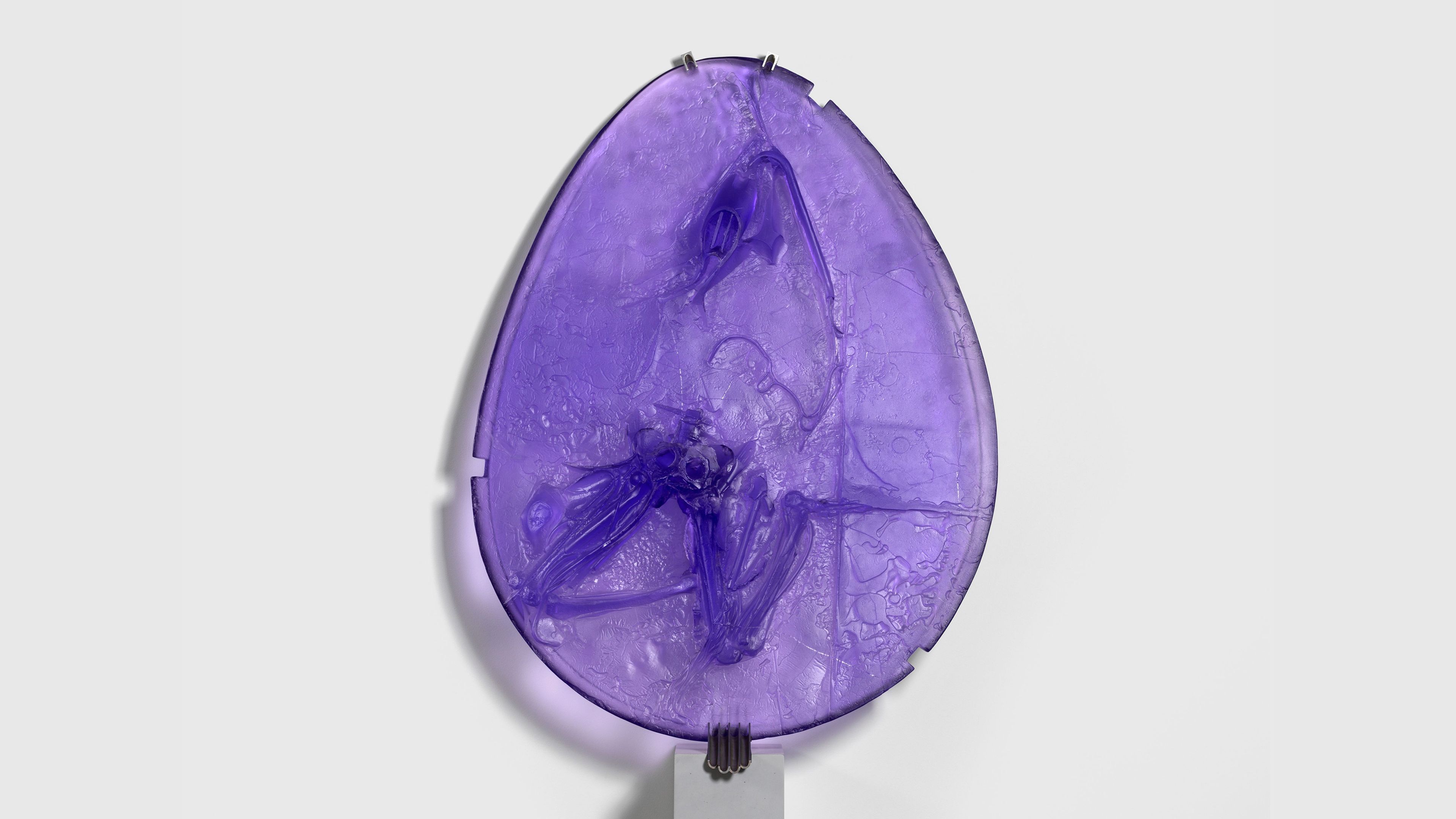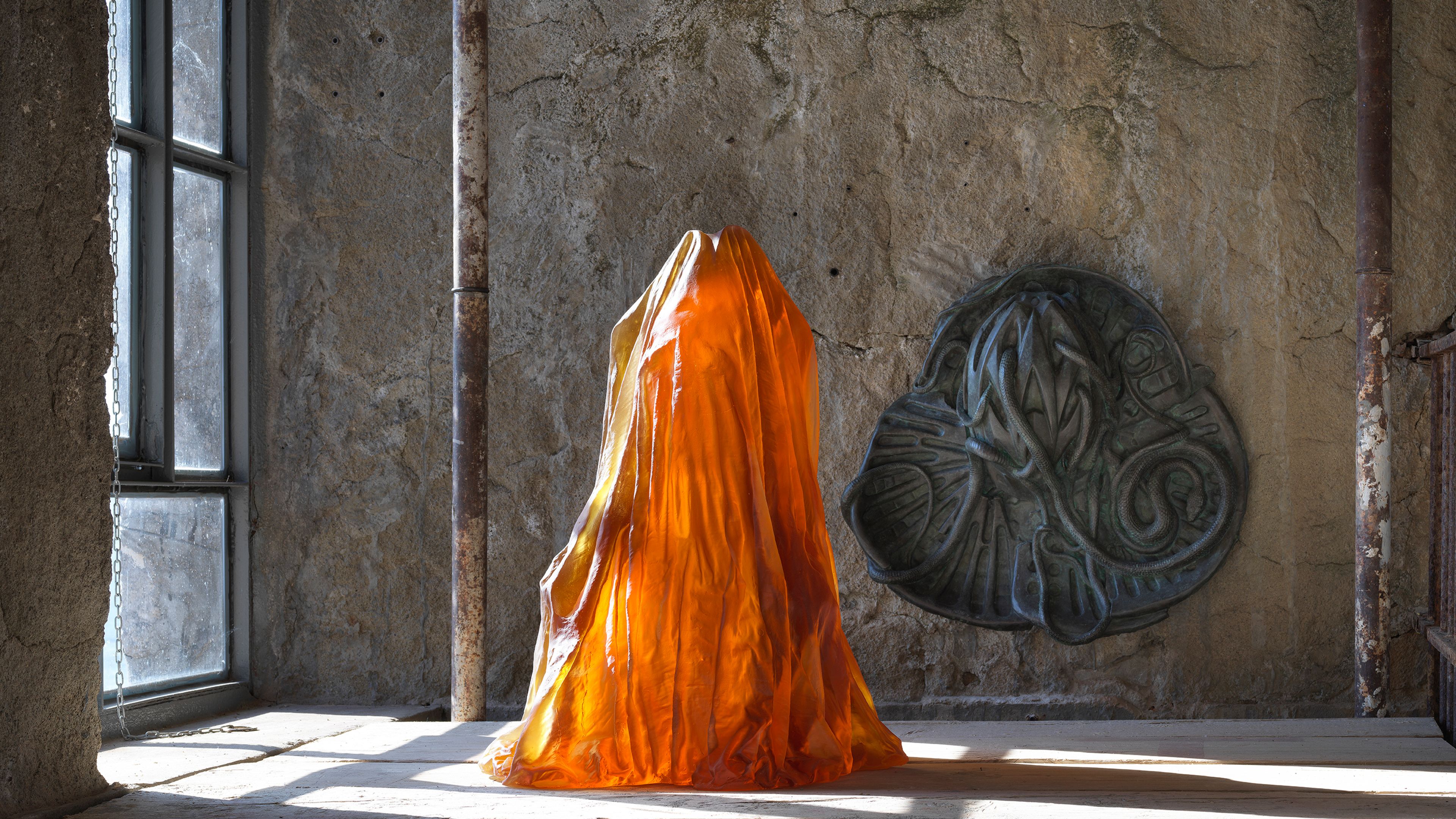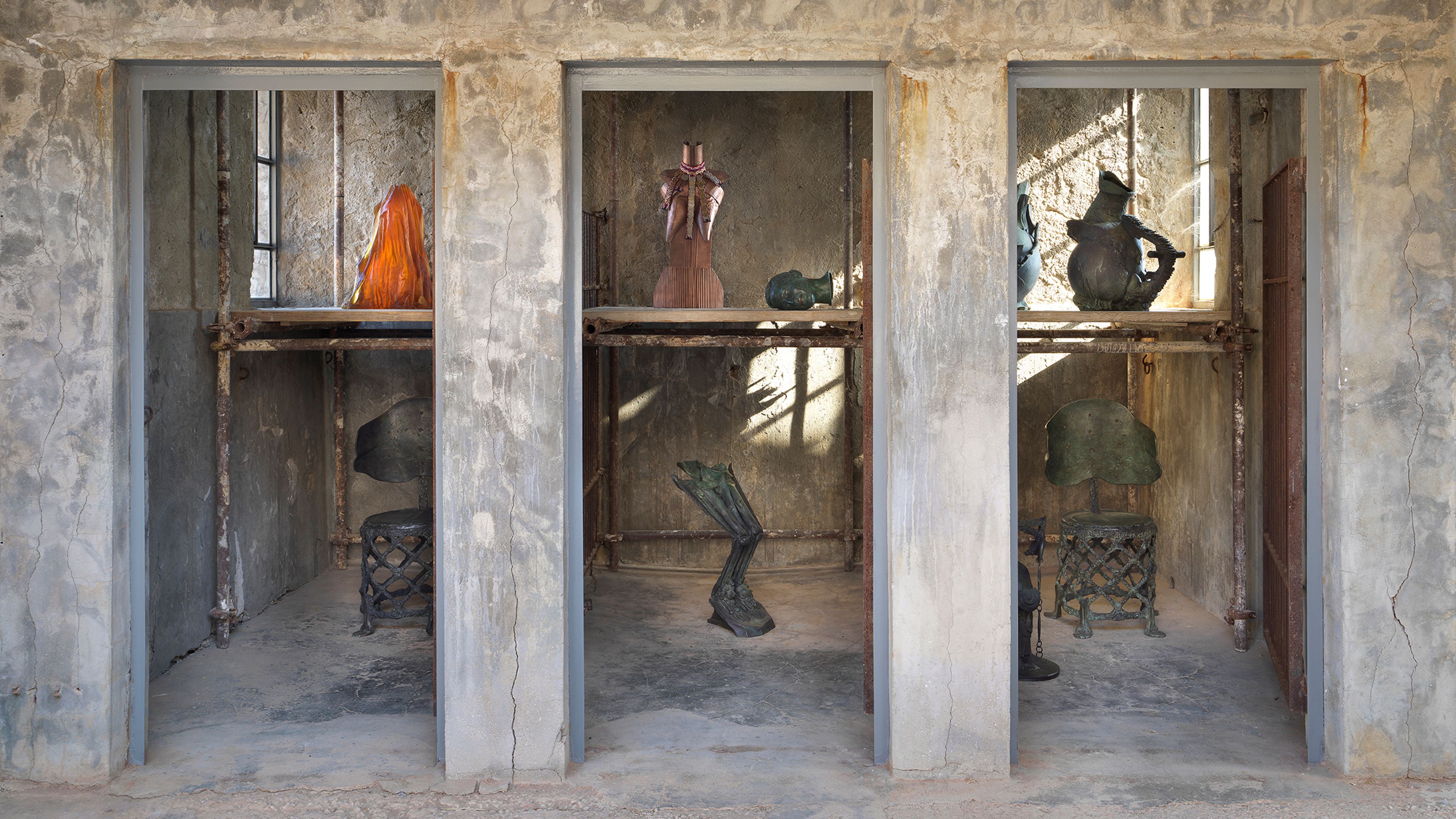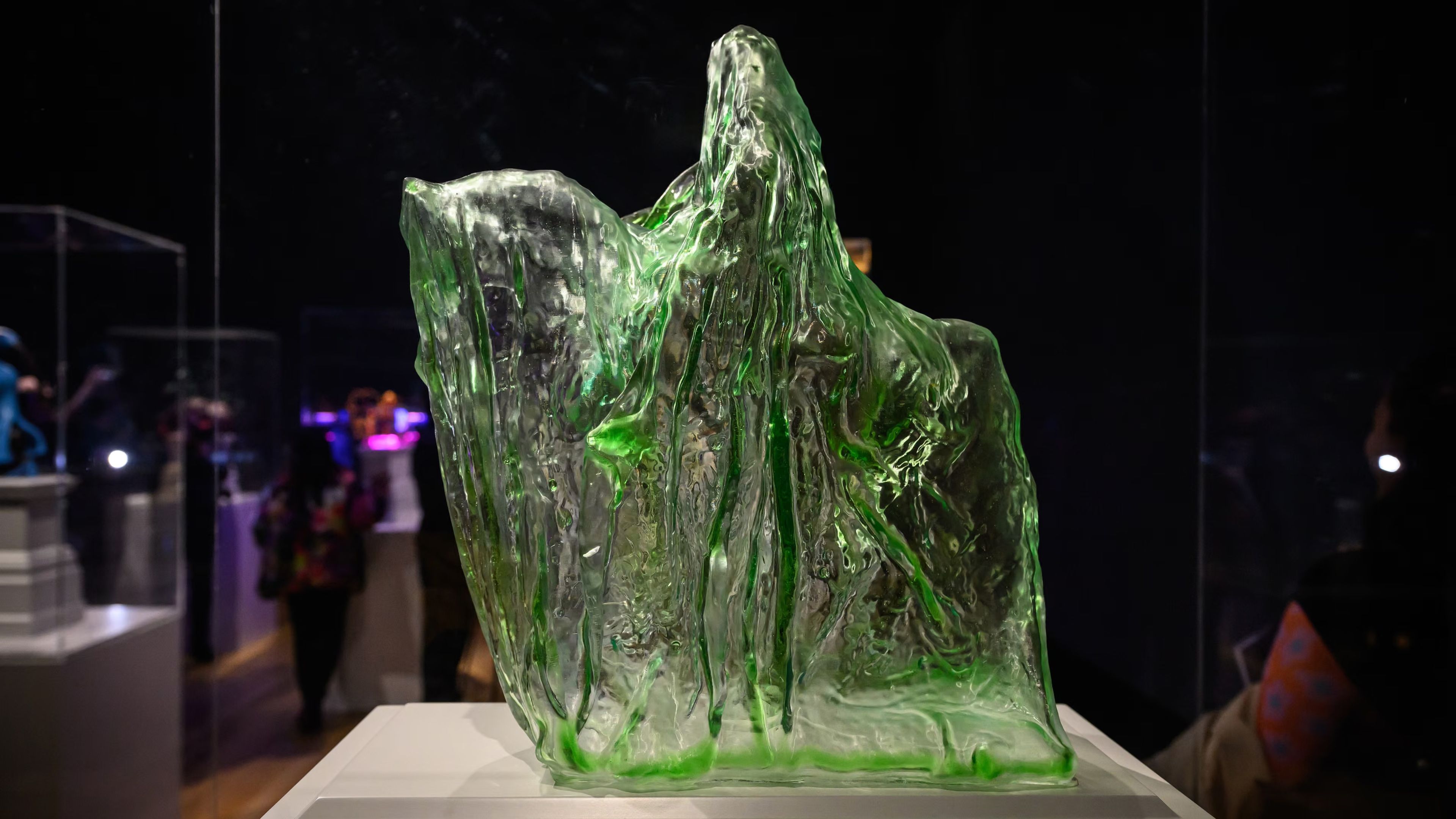Andra Ursuţa
Andra Ursuţa (b. 1979) was born in Salonta, Romania, a town on the Romanian-Hungarian border, and left for the United States in 1997. She moved to New York in 1999, and received a BA in art history and visual arts from Columbia University in 2002.
Learn MoreSurvey
Exhibitions
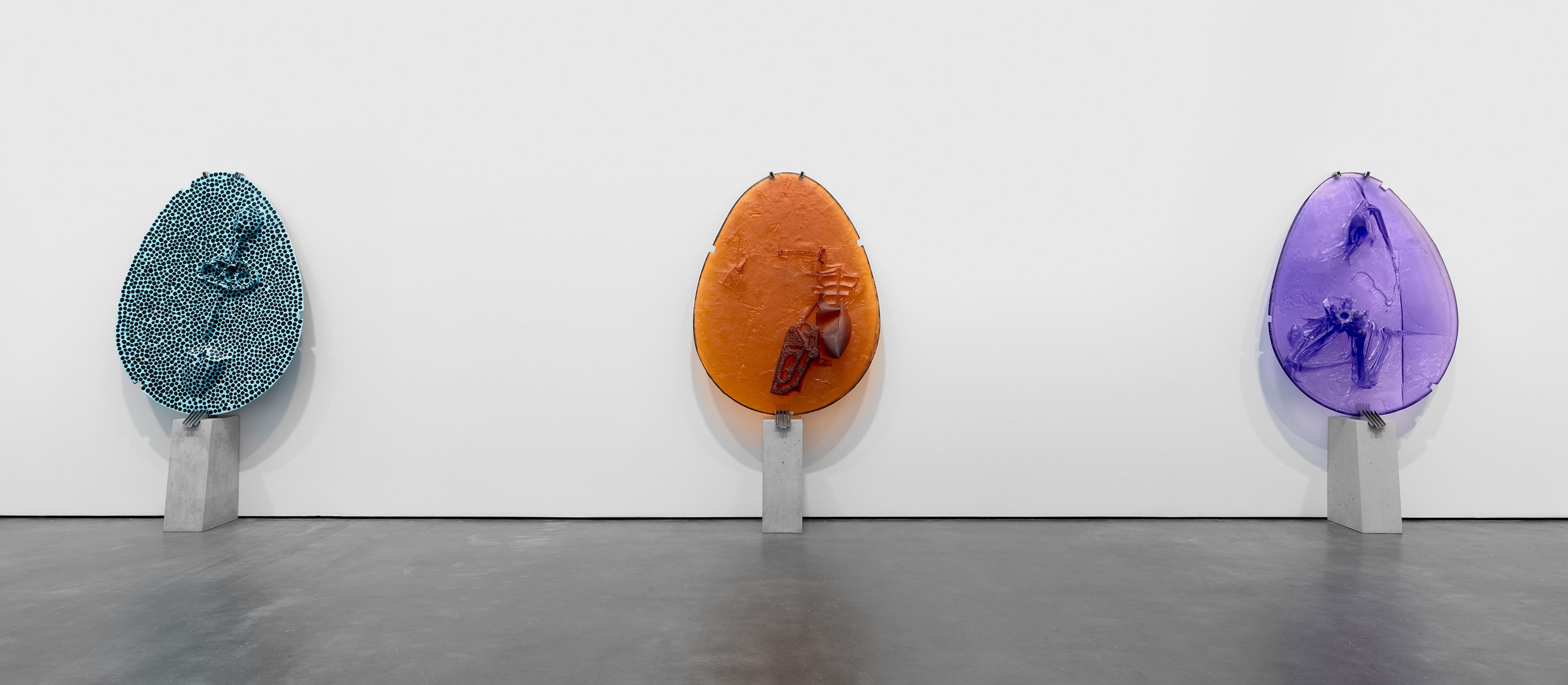
Explore Exhibitions
Artist News
Biography
Andra Ursuţa (b. 1979) was born in Salonta, Romania, and left for the United States in 1997. She moved to New York in 1999, and received a BA in art history and visual arts in 2002 from Columbia University, New York.
In 2025, Andra Ursuţa: Apocalypse Now and Then opened at the DESTE Foundation for Contemporary Art Slaughterhouse Project Space in Hydra, Greece. In 2024, a sculpture by Ursuța was selected to be installed as the Fourth Plinth Commission in London's Trafalgar Square. The sculpture will be on view from 2028 through 2030. Ursuţa’s work has been the subject of numerous solo exhibitions at prominent venues internationally, including Fondazione Sandretto Re Rebaudengo, Turin, Italy (2018); New Museum, New York (2016); Kunsthalle Basel (2015); Institute of Contemporary Art, Miami (2014–2015); Hammer Museum, Los Angeles (2014); and Kölnischer Kunstverein, Cologne (2014).
Ursuța has been featured in major international exhibitions including three iterations of the Venice Biennale (2022, 2019, 2013), the Istanbul Biennial (2017), the Milan Triennial (2017), and the Lyon Biennale (2015–2016). Her work has also been included in important group exhibitions worldwide at Tate Modern, London (2025); Kunstmuseum Basel, Basel (2025), Posten Moderne (PoMo) Trondheim, Norway (2025); Museum moderner Kunst Stiftung Ludwig Wien (mumok), Vienna (2024); Palazzo Barberini, Rome (2024); Rubell Museum, Washington, DC (2022–2023); Museum of Contemporary Art Kiasma, Helsinki (2022); Fondation Vincent van Gogh Arles, France (2021–2022); The Phillips Collection, Washington, DC (2019); Casa Luis Barragán, Mexico City (2019); Aïshti Foundation, Beirut (2017–2018); Palazzo Reale, Milan (2015); Secession, Vienna (2015); The High Line, New York (2013–2014); MoMA PS1, New York (2013); and the New Museum, New York (2011).
The artist’s work is held in public collections worldwide, including the Aïshti Foundation, Beirut; DESTE Foundation for Contemporary Art, Athens; Fondazione Sandretto Re Rebaudengo, Turin, Italy; Hammer Museum, Los Angeles; Institute of Contemporary Art, Miami; Kistefos Museum and Sculpture Park, Jevnaker, Norway; Posten Moderne Kunstmuseum (PoMo), Trondheim, Norway; Rubell Museum, Miami; Tate, United Kingdom; and Walker Art Center, Minneapolis.
Selected Press

Request more information
